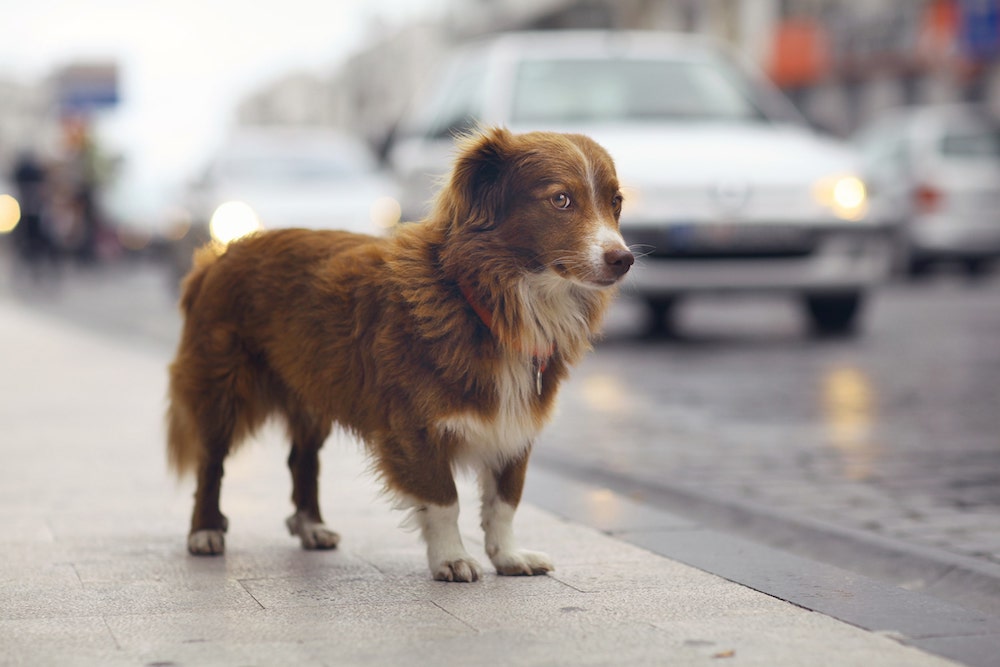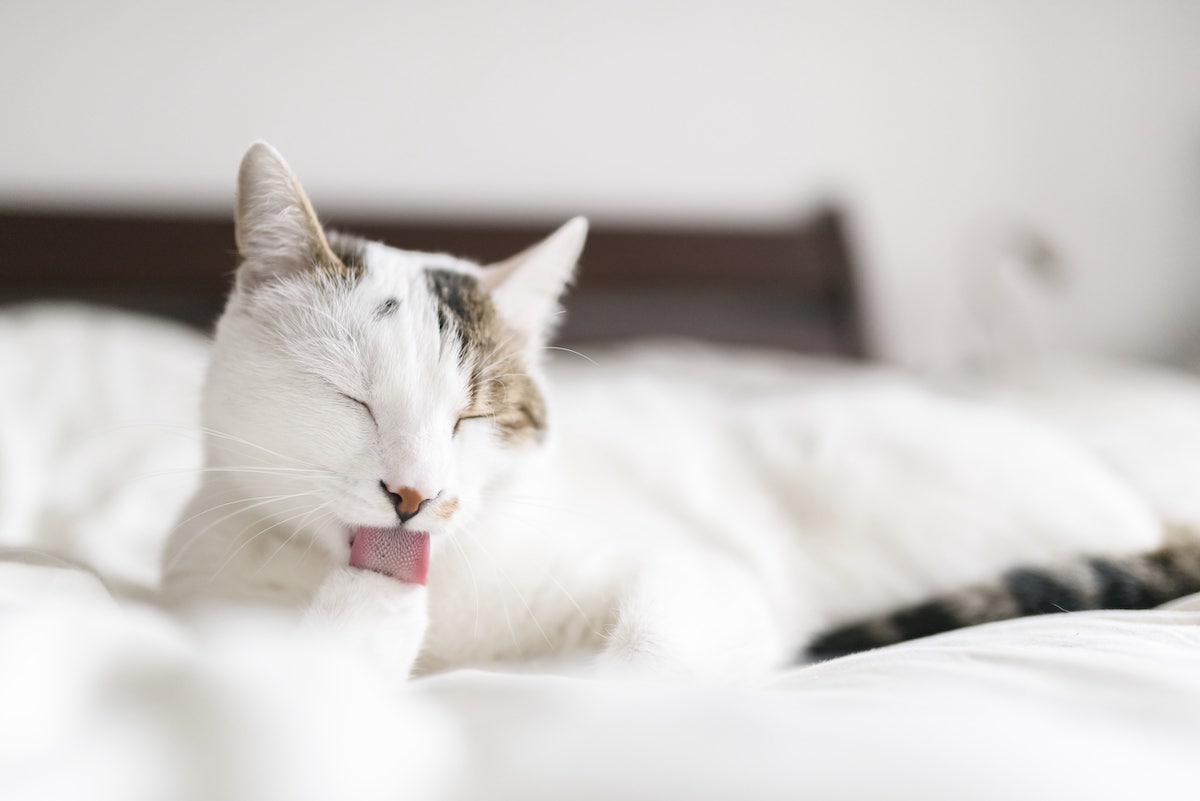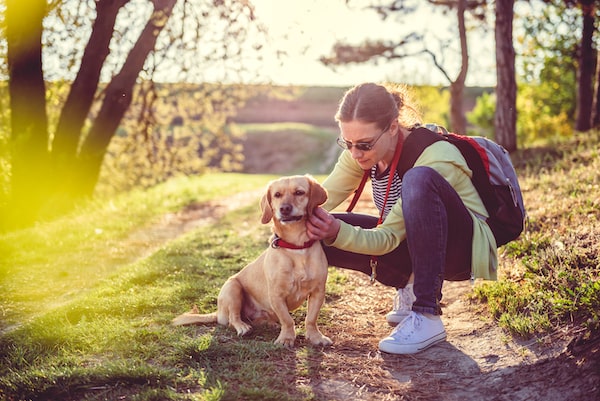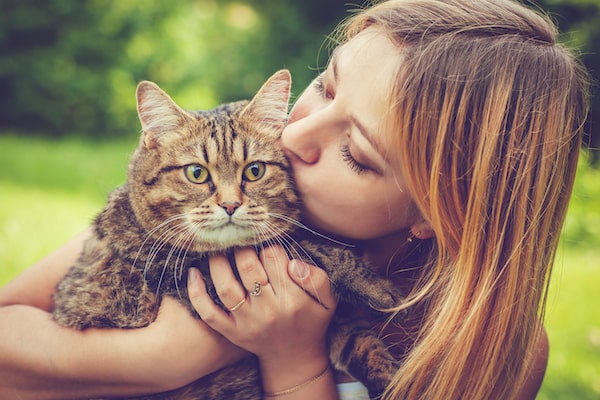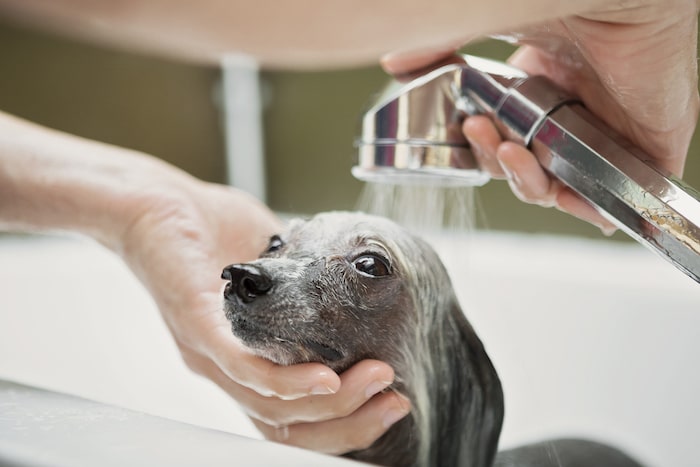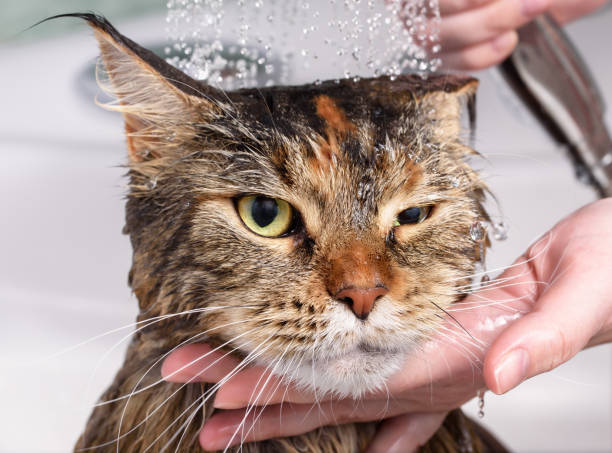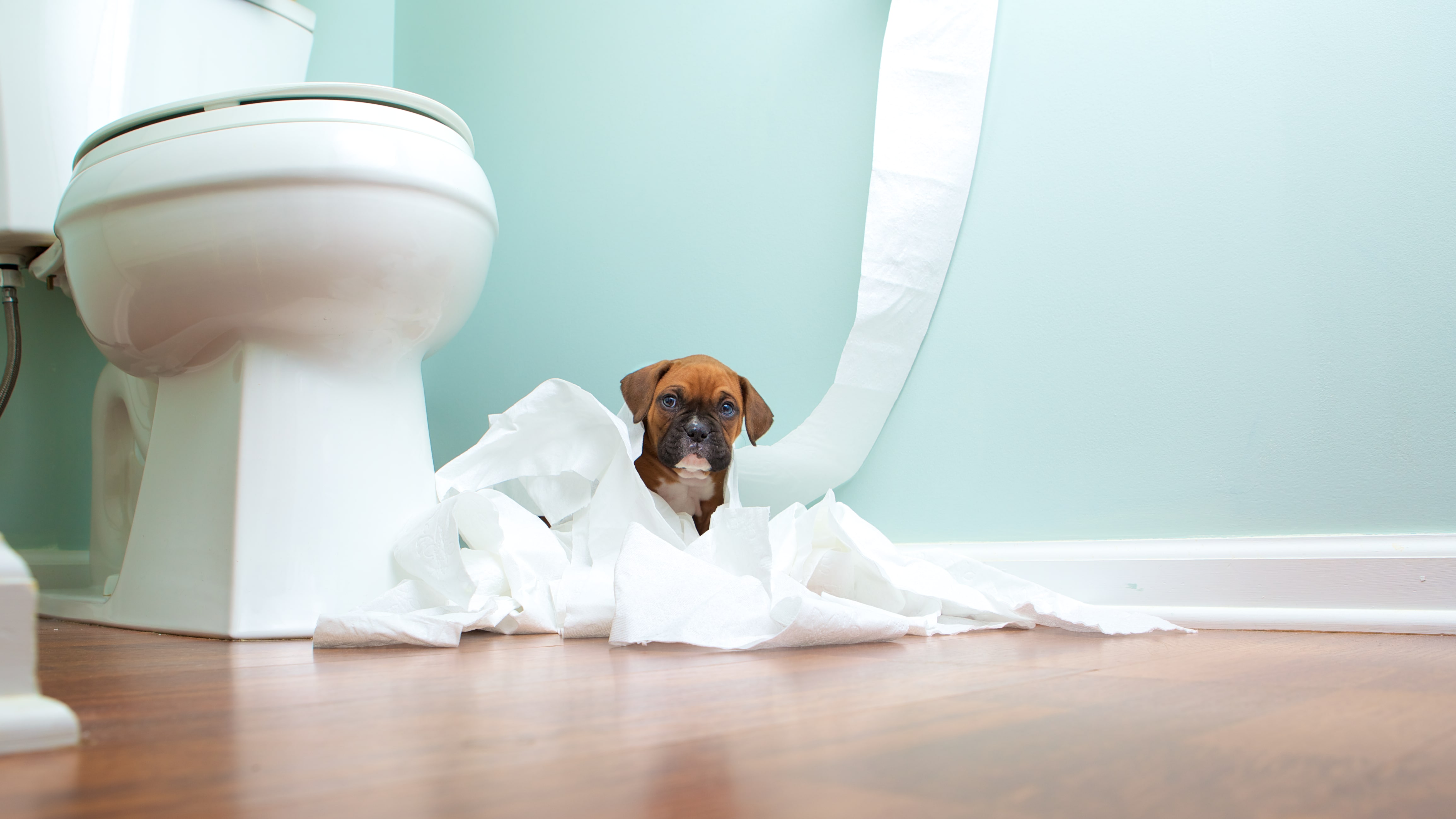
How to Financially Plan for a Dog
by Amy Smith - 3/25/19
Just how much does it cost to own and care for a dog? Whether you’re adopting or buying, looking for a large dog or a small one, any dog will require an investment of your time, energy, affection–and money. Make a plan before you jump into dog ownership, so you can prepare for the inevitable costs and provide for the unforeseen ones. Once you bring home your sweet new furry friend, you’ll want to be able to give him everything he’ll possibly need.
Adopt or Buy New?
Maybe you’ve already decided, based on personal preference or ethical considerations, but if you’re still wavering between adopting a previously owned pet or buying one “brand new,” consider the comparative costs. Adopting from a shelter can be as low as $0 up to $300 for a purebred rescued dog, while the cost of buying a dog outright begins at around $300 and can range up to the $1000s for show-quality puppies. This is the first upfront cost of owning a dog, and adopting is almost certainly the least expensive option.
What’s Your Breed?
There can be a considerable difference between upfront and long-term cost in dog breeds. By far the least expensive option upfront is a mixed-breed dog. These are usually found in shelters, where adoption fees average $0 to $250, as opposed to the higher cost of purebred dogs. When it comes to long-term cost, the picture is more varied. Mixed-breed dogs usually have better health outcomes than purebred dogs, which tend to be more prone to hip dysplasia, heart disease and certain cancers. This raises the potential cost of long-term medical care. Size of the dog is another major factor in long-term costs.
Larger dogs consume much more food, need more toys and chews, use larger crates and beds indoors and require greater fenced areas outdoors than smaller breeds. And finally, differences in fur between breeds can mean large differences in grooming costs, with short-haired dogs requiring little grooming and long- or thick-haired dogs requiring at-home grooming tools and sometimes regular professional grooming.
Every Dog Needs…
Across the spectrum of dogs, you’ll find the following categories of spending apply to nearly every breed, coat type and size of dog:
- Price or adoption fee
- Spay/neuter (sometimes included in adoption fee)
- Food
- Food and water bowls
- Treats
- Crate and/or bed
- Collar and leash
- Toys
- Outdoor fencing or other modifications
- Regular vaccinations
- Regular checkups and dental exams
- Tick/flea prevention
- Grooming
- Training
- Boarding/dog-sitting
- Insurance or savings for emergency medical care
Put it Down in Black and White
Once you’ve decided on adoption versus buying a dog and researched the costs associated with each area of care, make a list of expected expenses. Some of these are one-time costs, but many are recurring. Put a number beside each recurring item that’s tailored to your specific situation and calculate your average cost per month. Is there room in your household budget for dog expenses each month? Are you willing to cut costs in other areas of your life to make sure you always have enough for your dog? If the answer is yes, you’re financially ready for a fur-baby!
When the Best Plans Go Sideways
Even the best-laid financial plans can fall short sometimes. Even when you keep up with regular pet care, vaccinations and healthy feeding, there’s always the possibility of an unforeseen emergency. Sadly, accidents do happen, and your pet could take a fall, be hit by a car or even be attacked by a larger animal. Diseases can also strike, bringing potentially massive medical bills for surgery and medication. Even if your budget included saving for medical emergencies, it’s possible to come up short if your dog’s medical expenses are unexpectedly high. Consider Scratchpay for those times when your beloved animal needs care but you don’t have enough cash on hand. It can happen to anyone, and Scratchpay can help you give your pet the care he deserves, no matter what.
Amy Smith is a writer, specializing in family and parenting topics. She teaches English, Latin, and music at a private school and lives with her husband and five children on a small homestead in rural Pennsylvania.
References


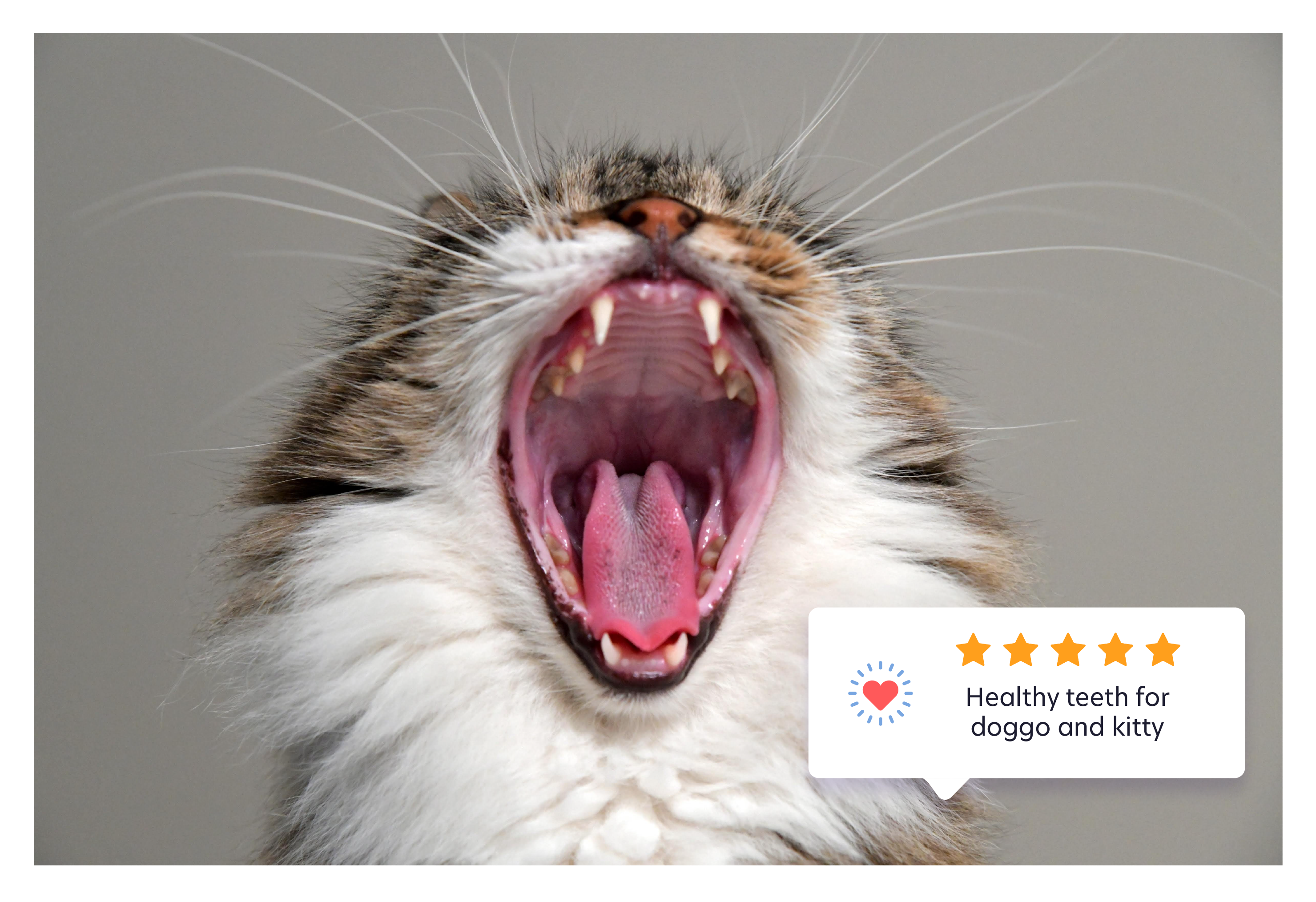

.jpg)
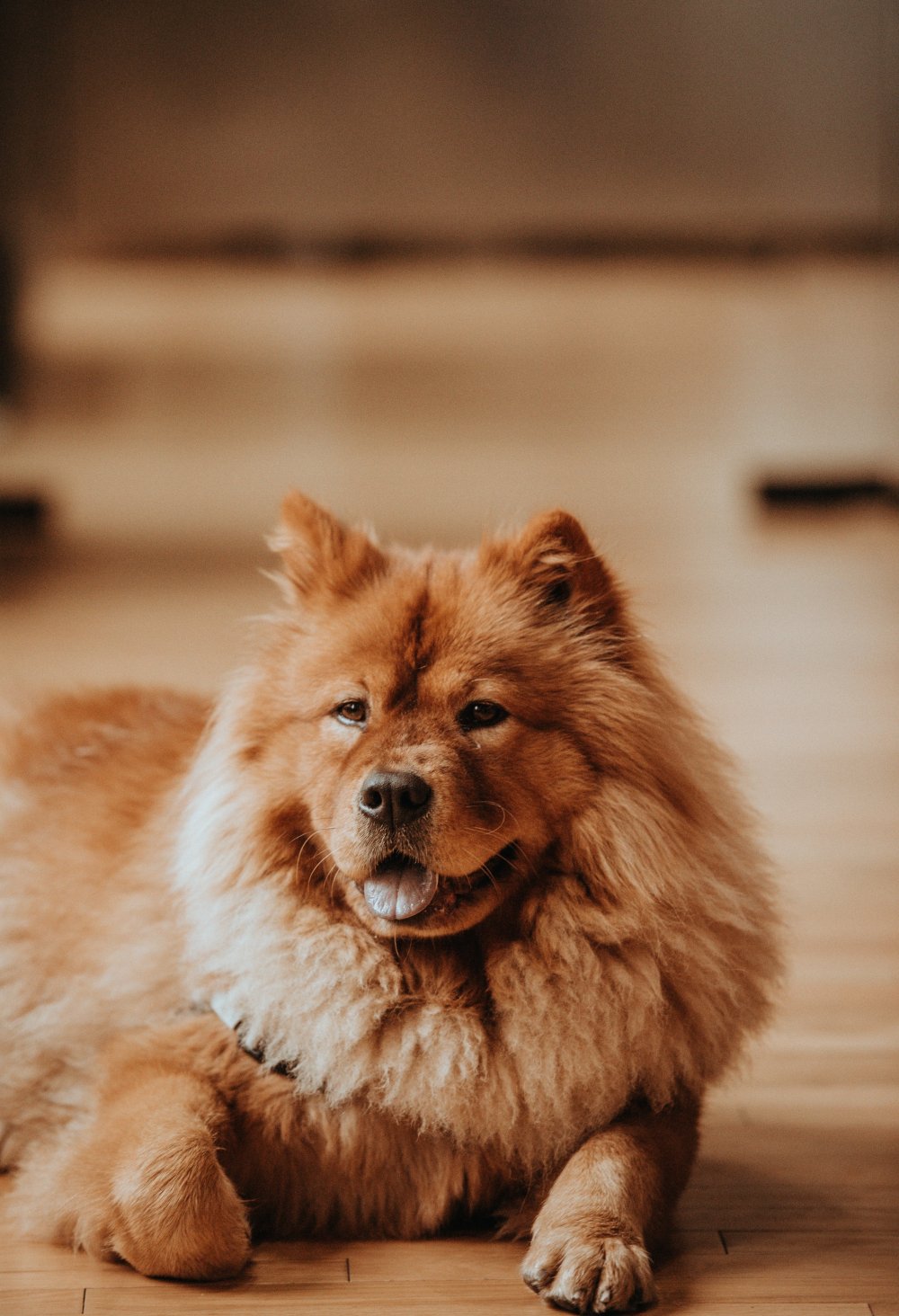
.jpg)

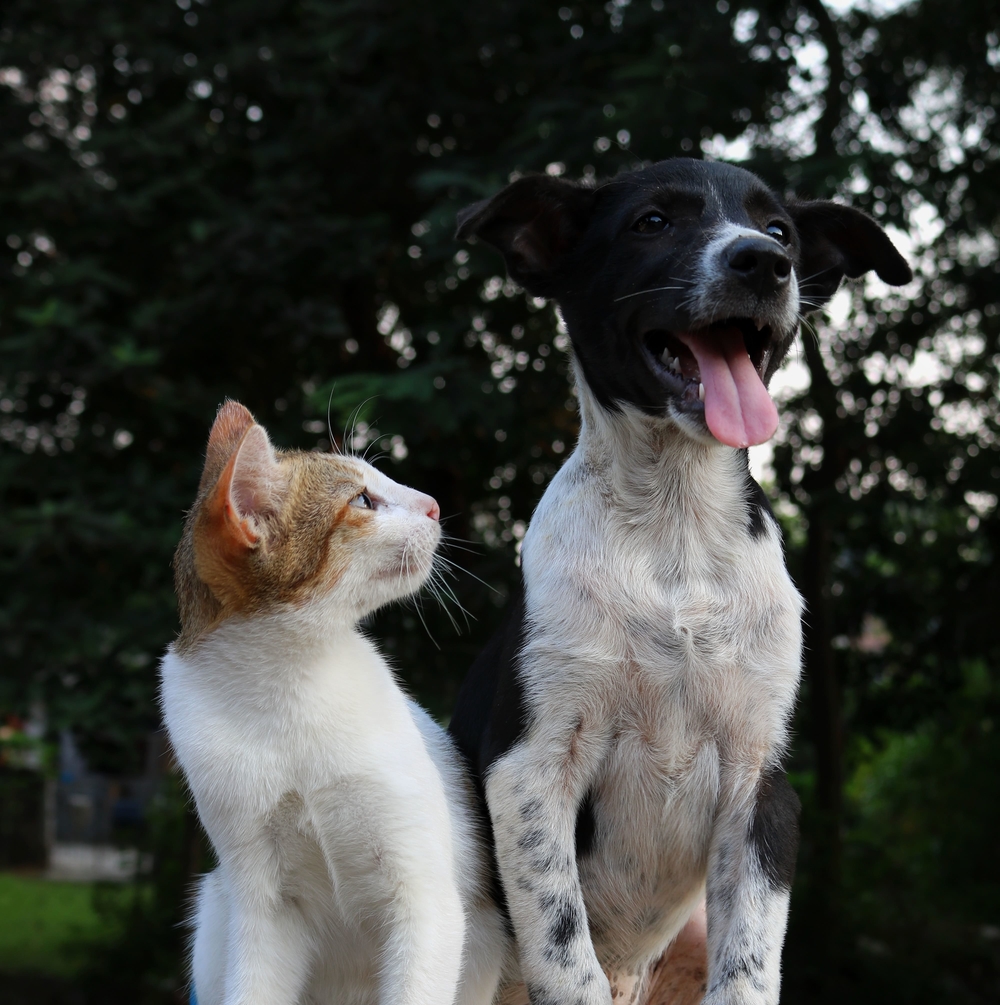

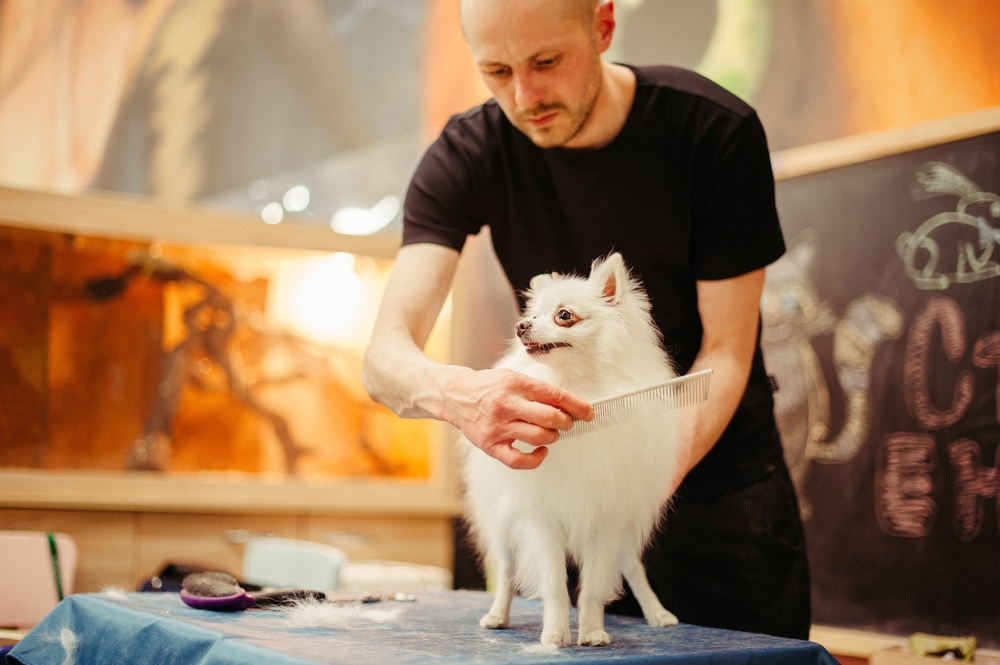
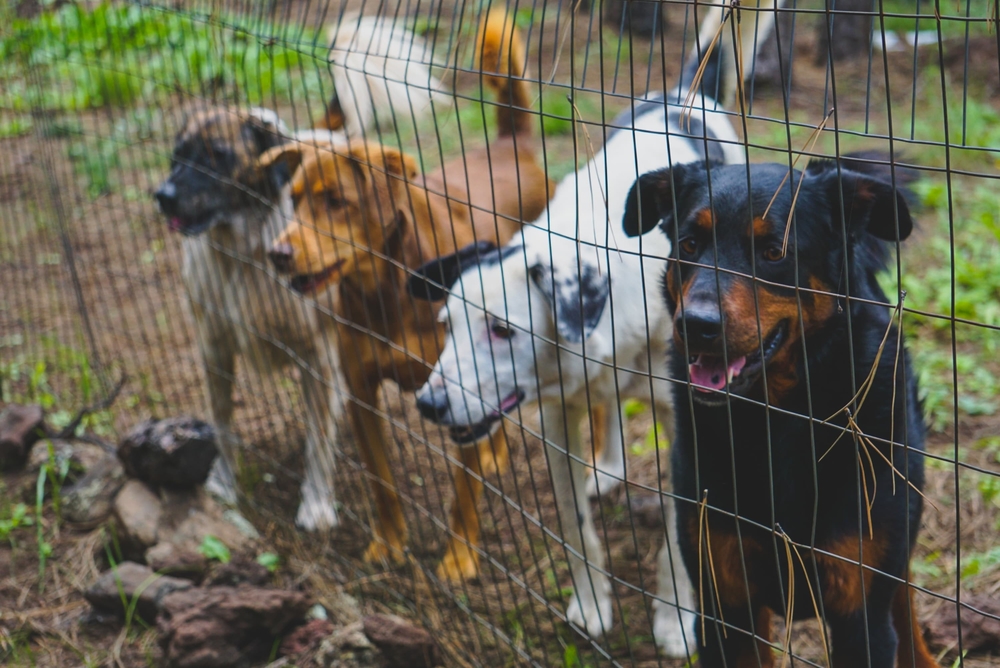




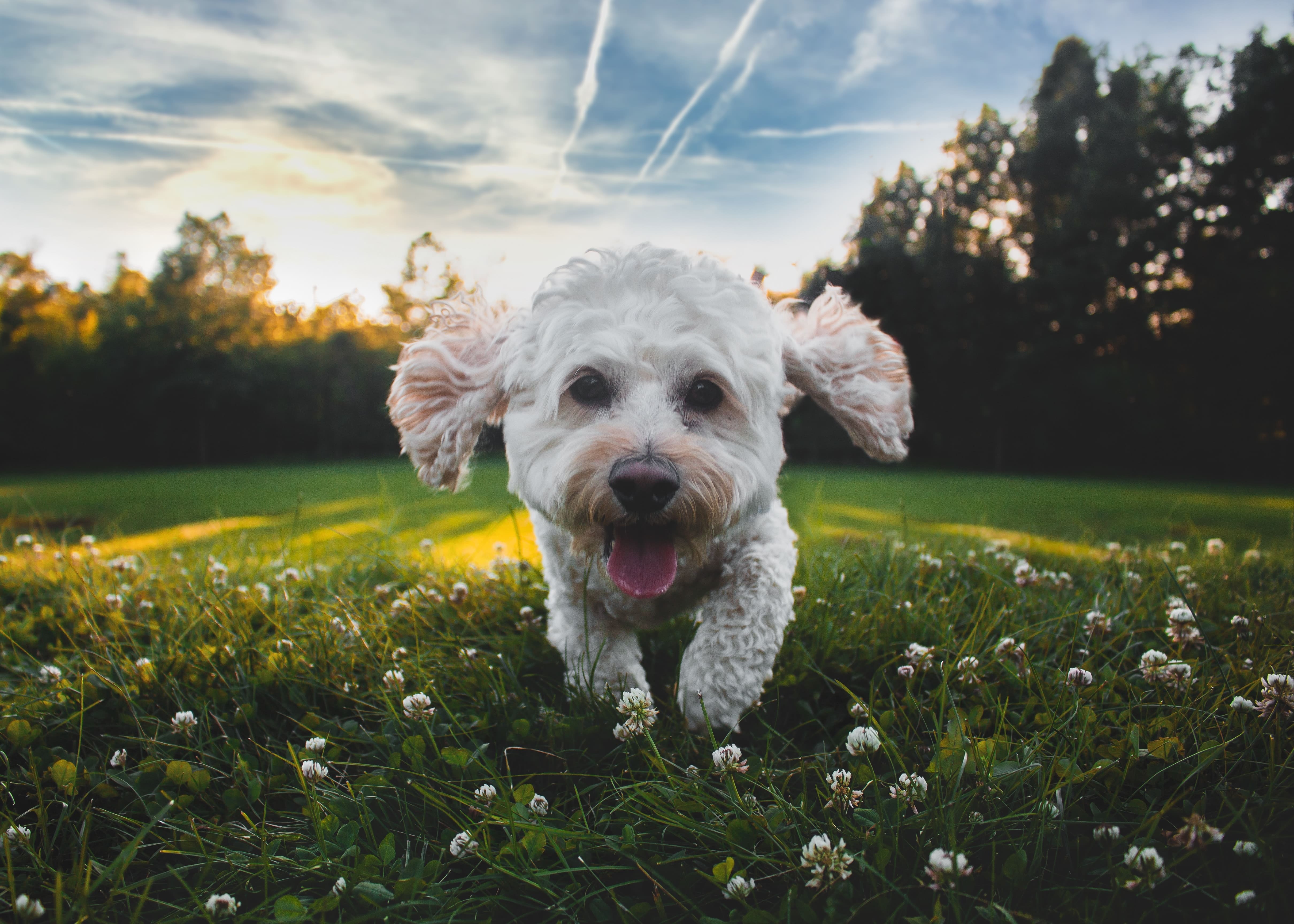


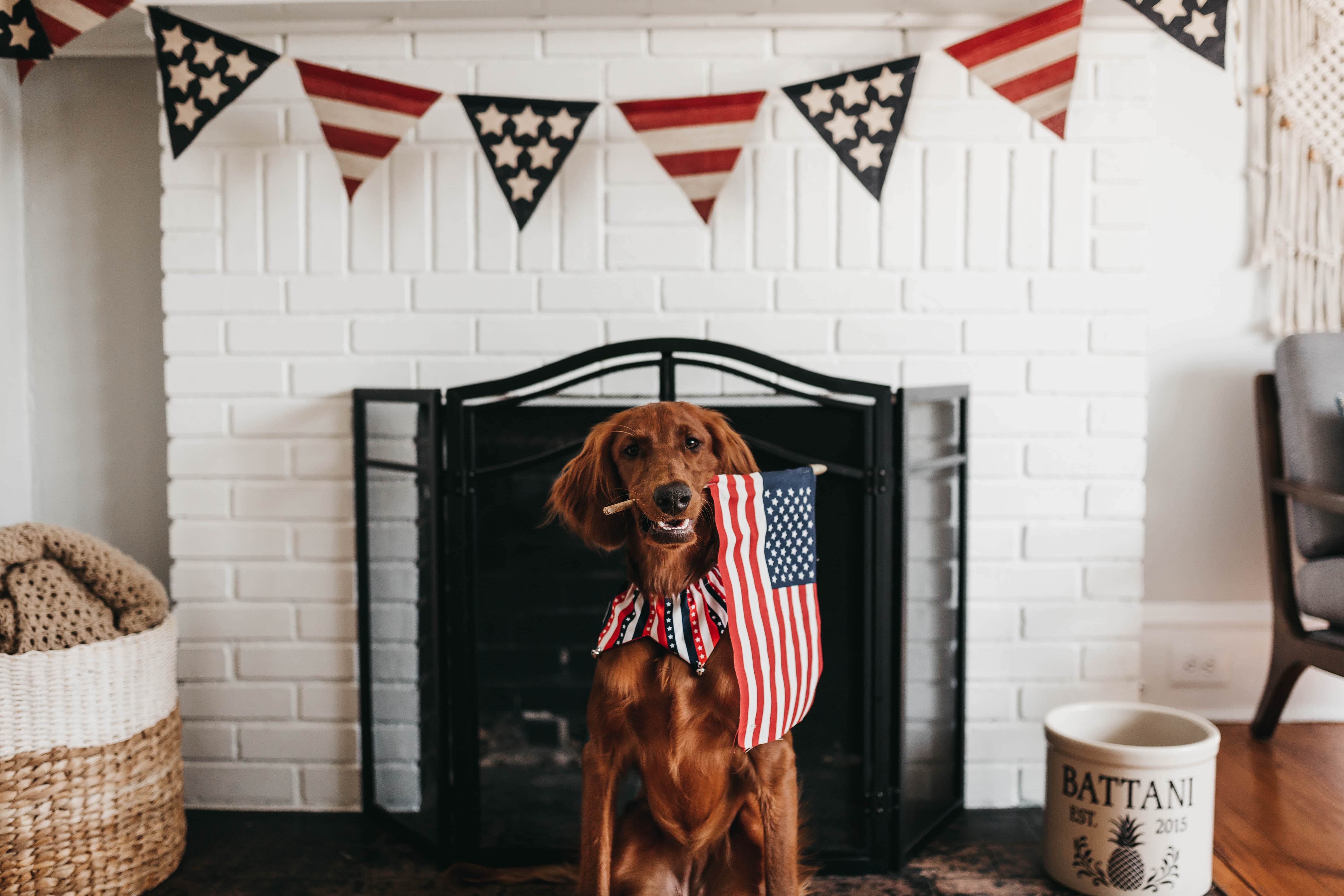
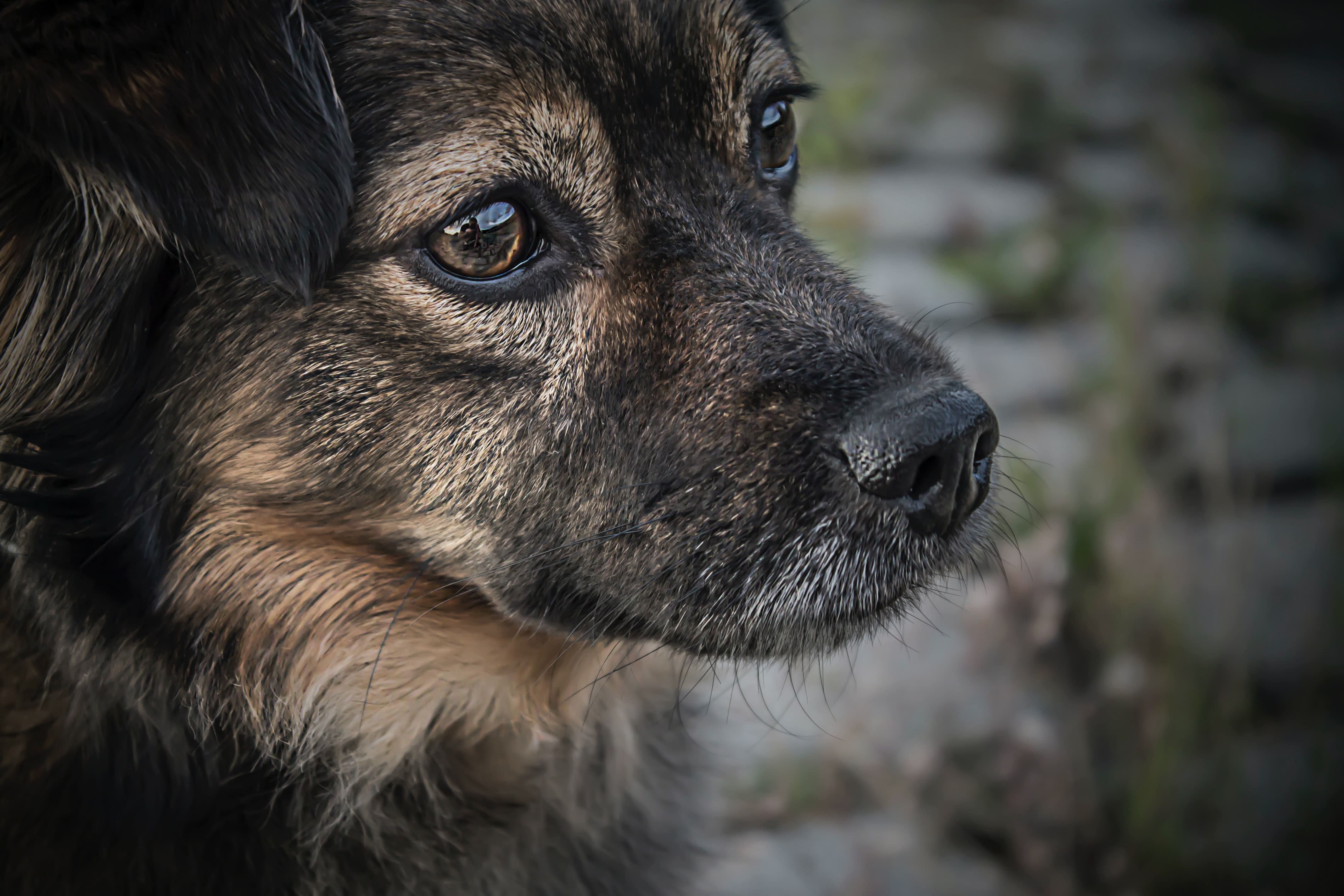


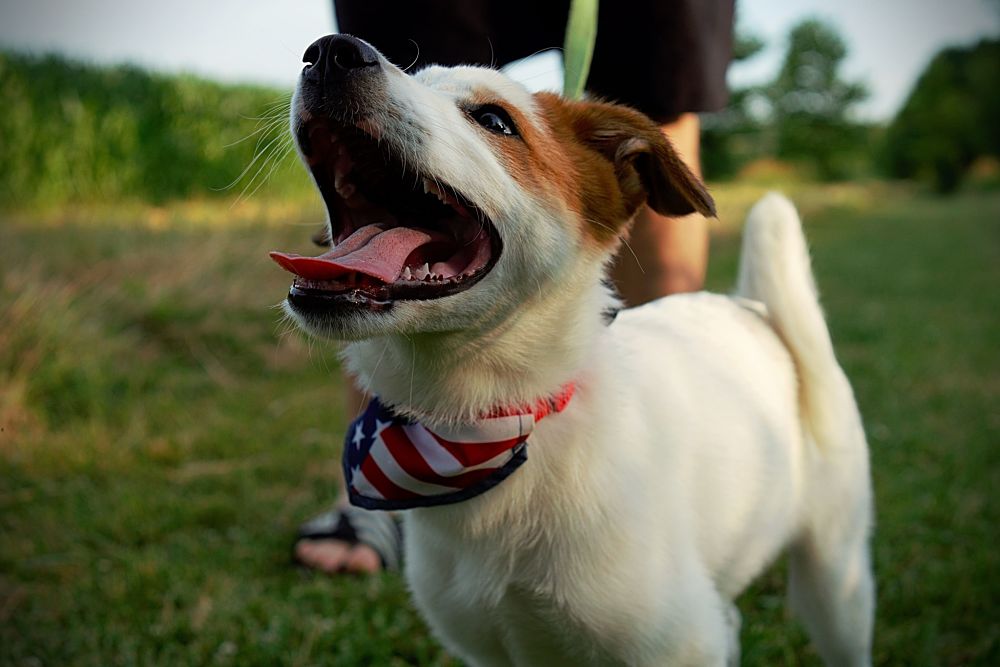
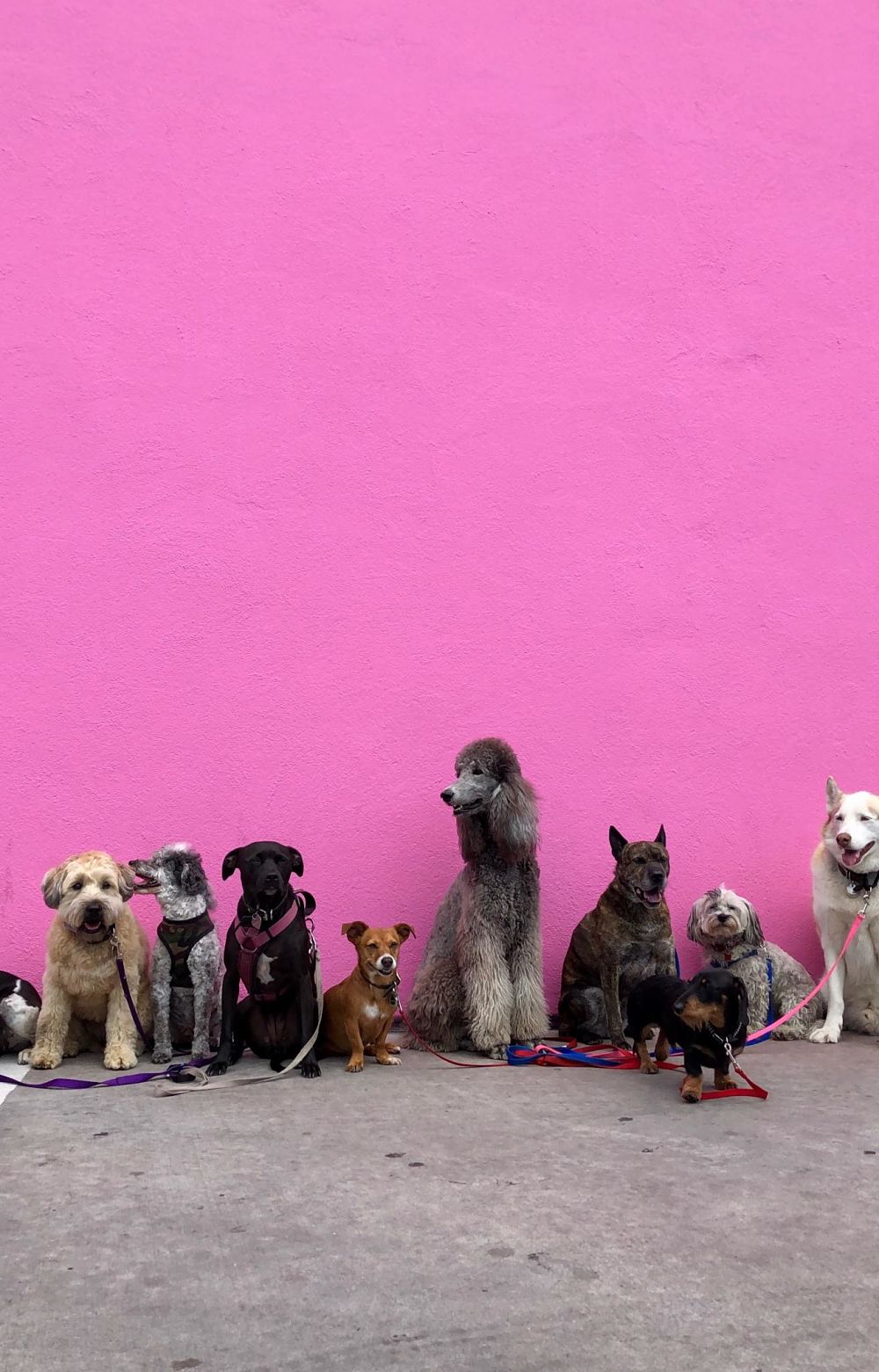


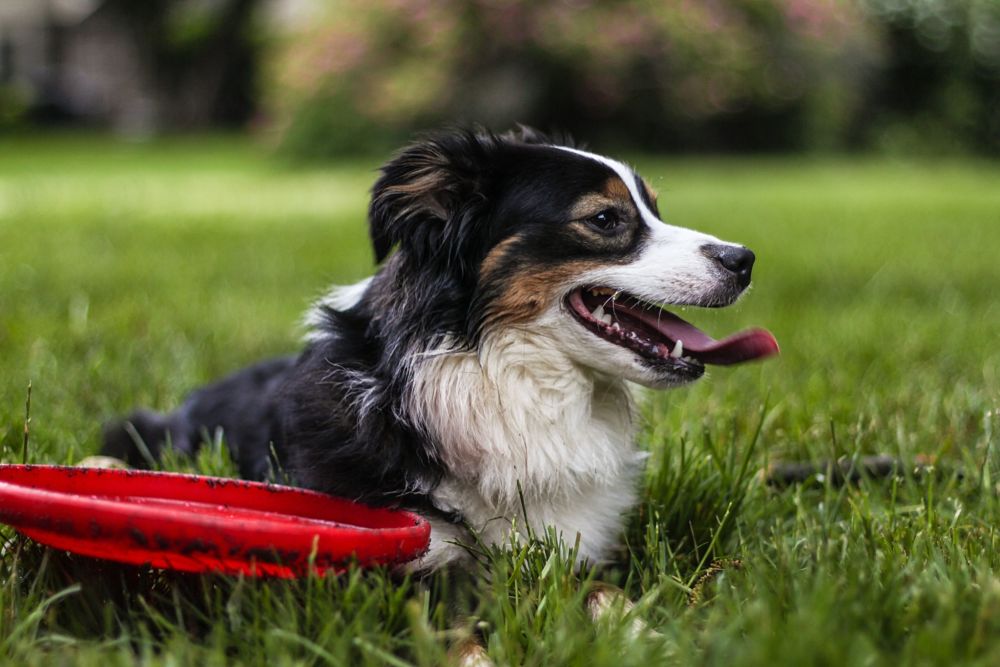


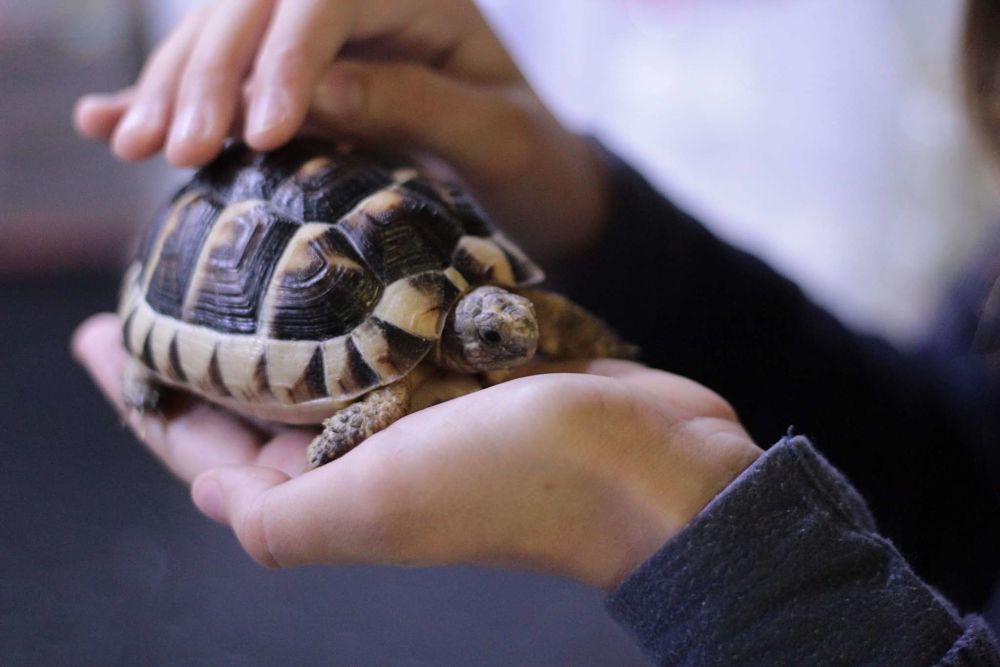
.jpg)
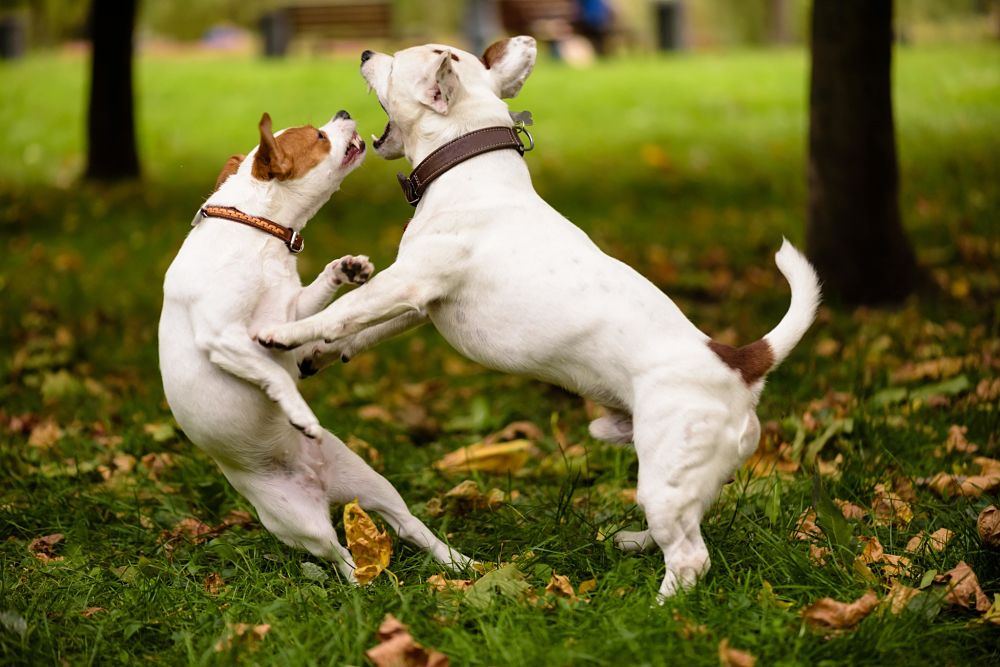
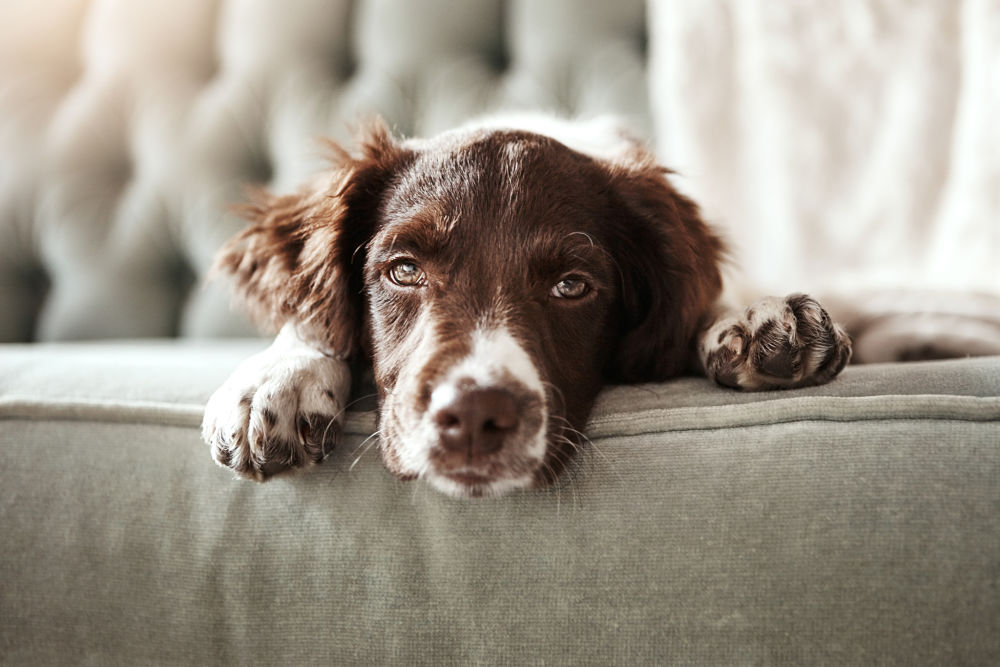
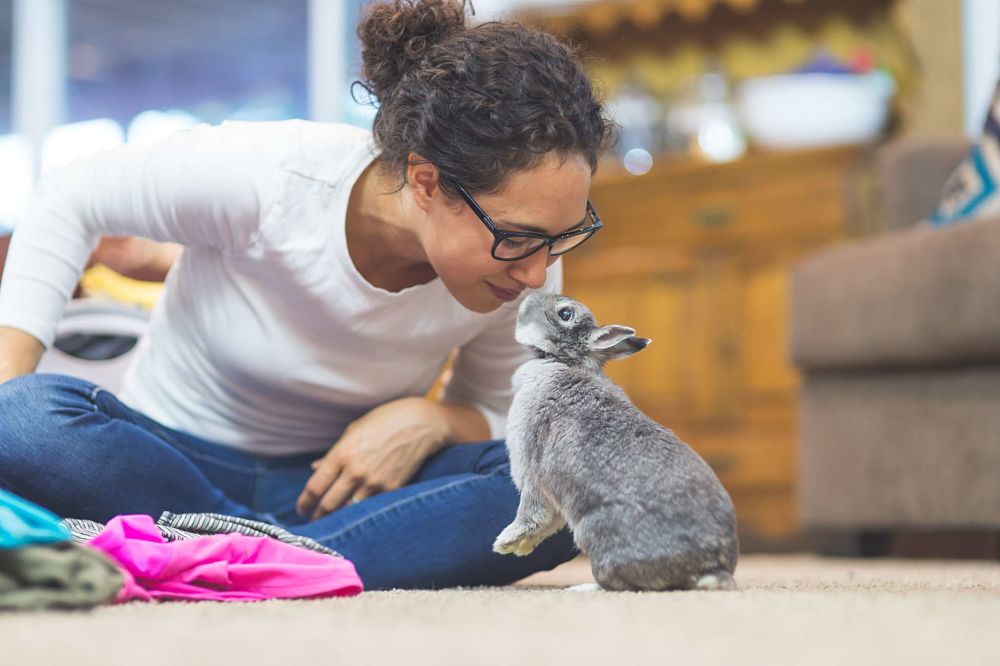
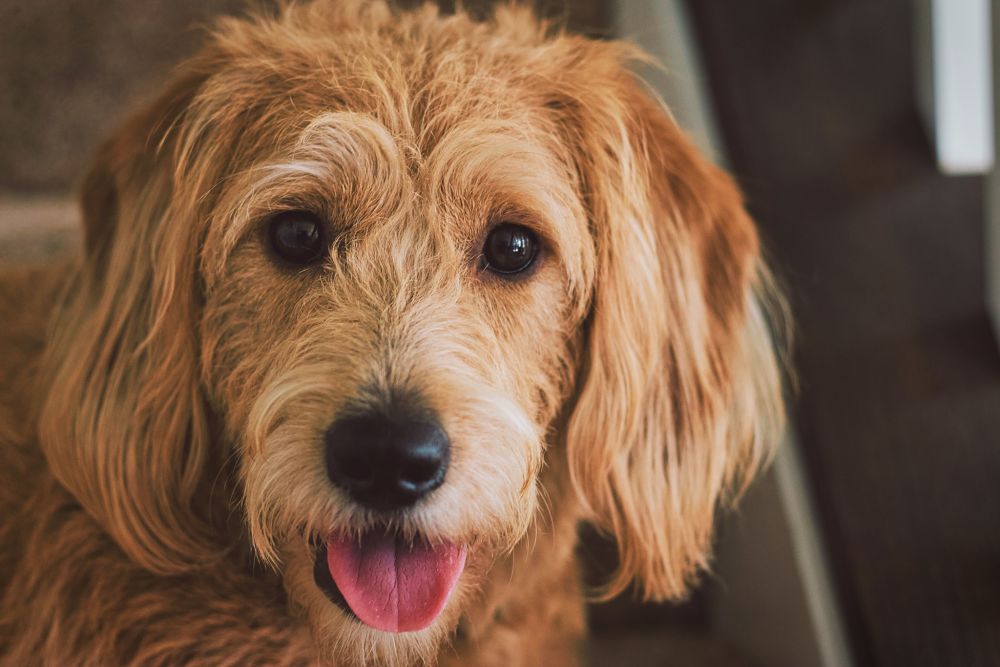
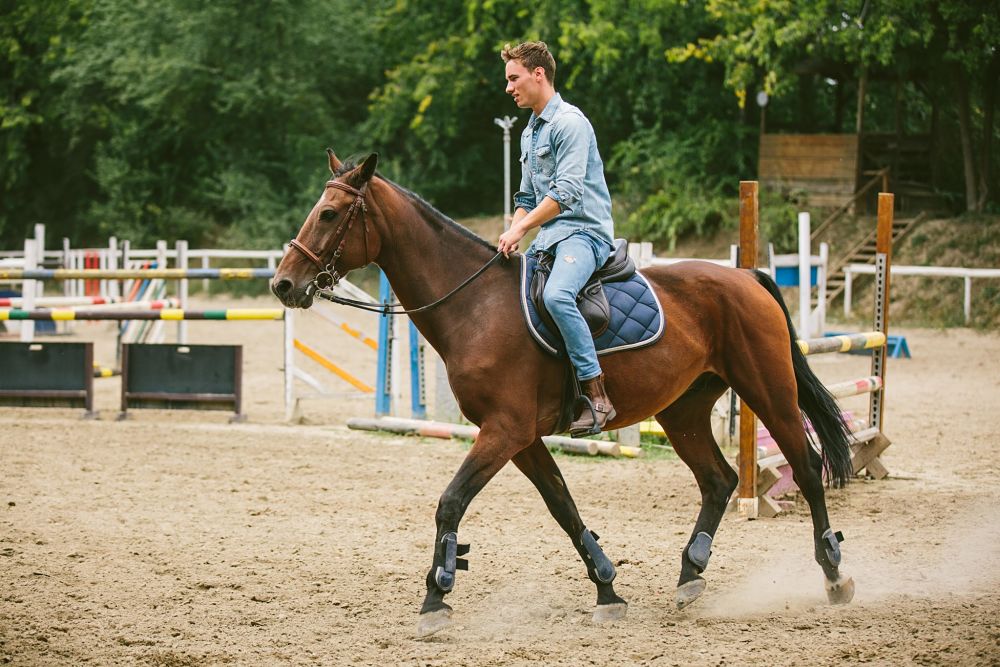

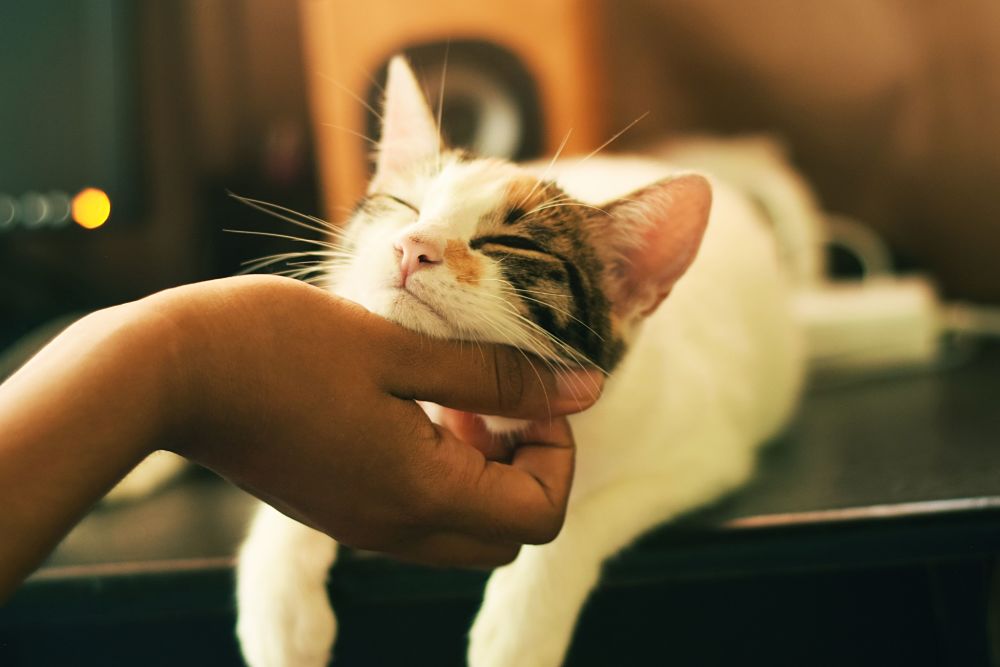


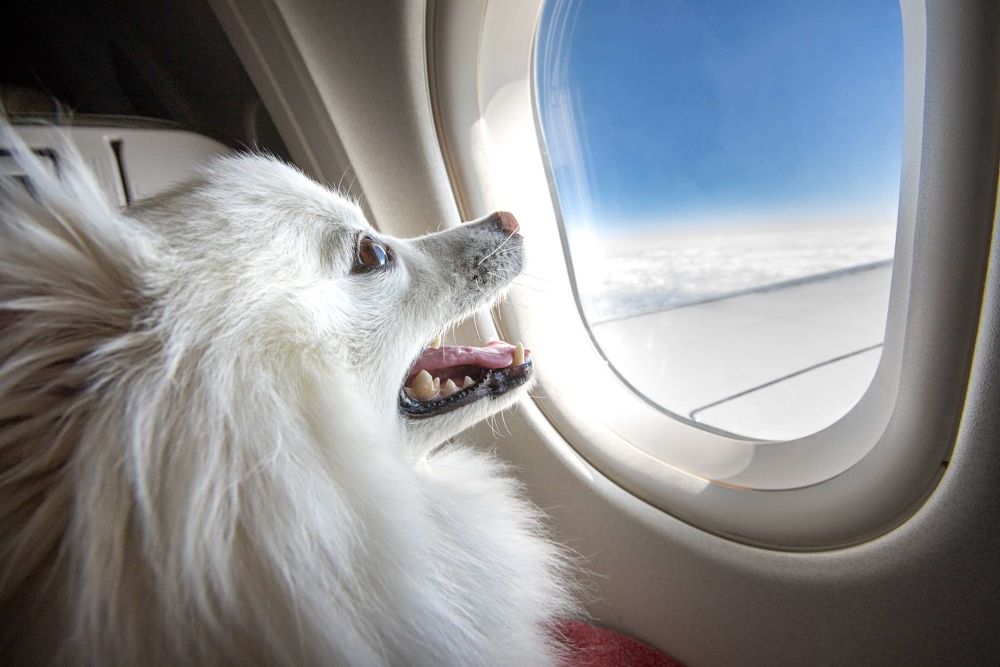
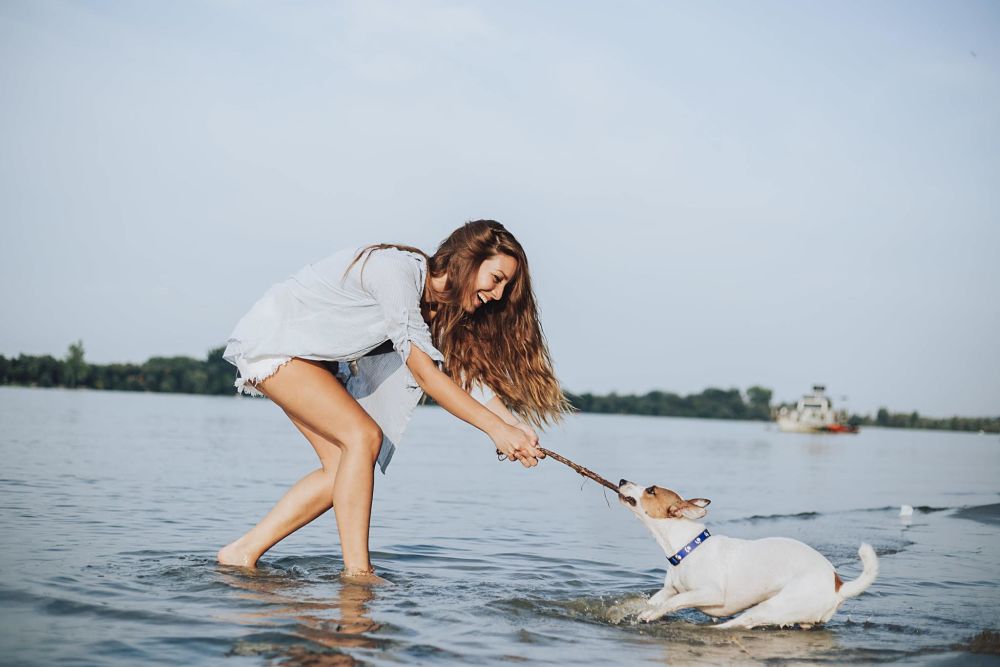
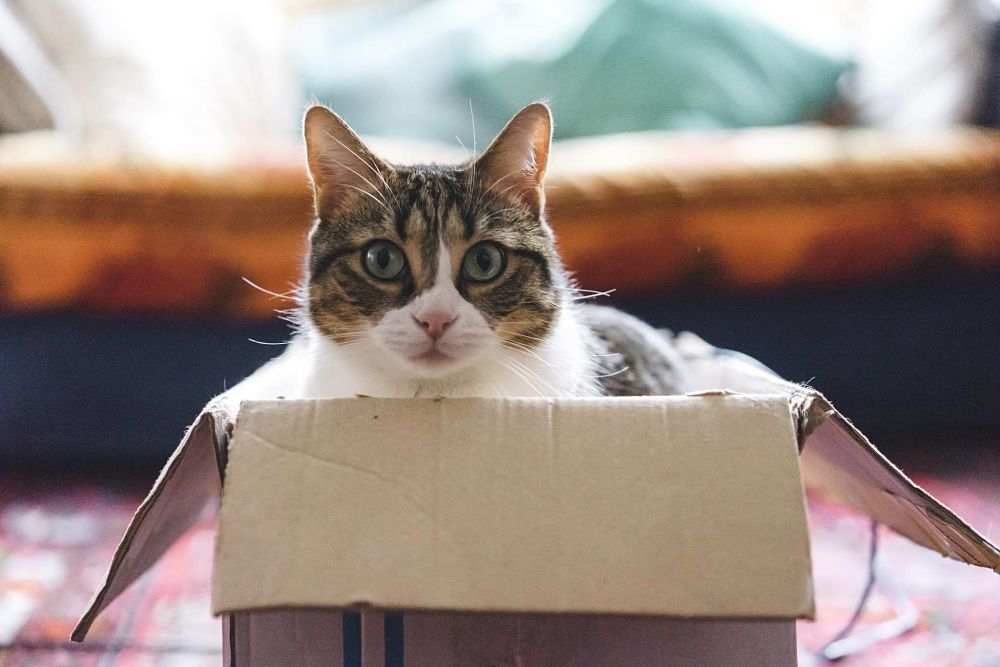

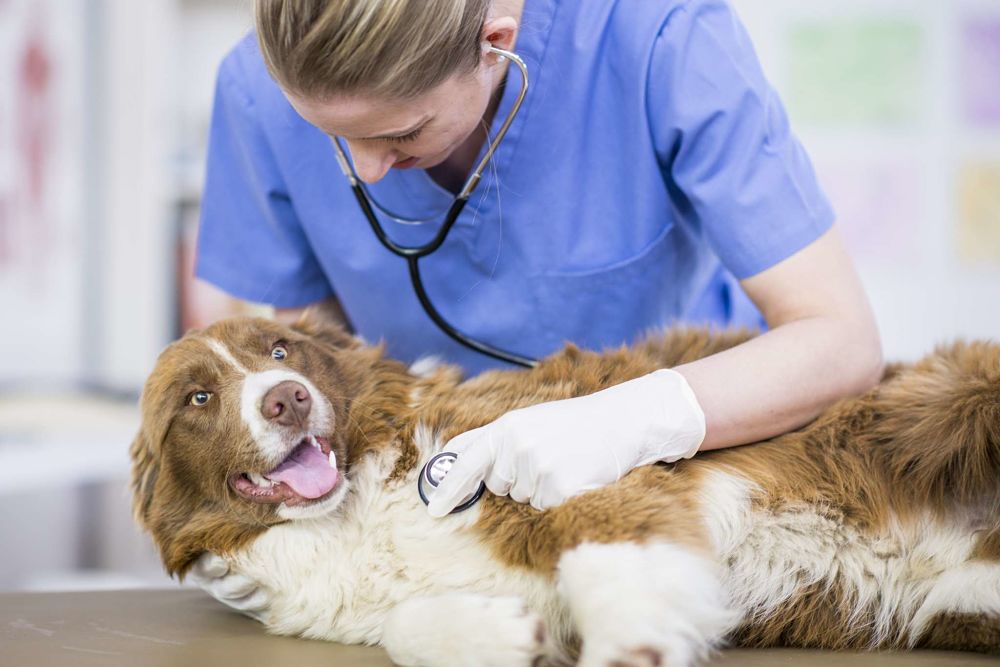
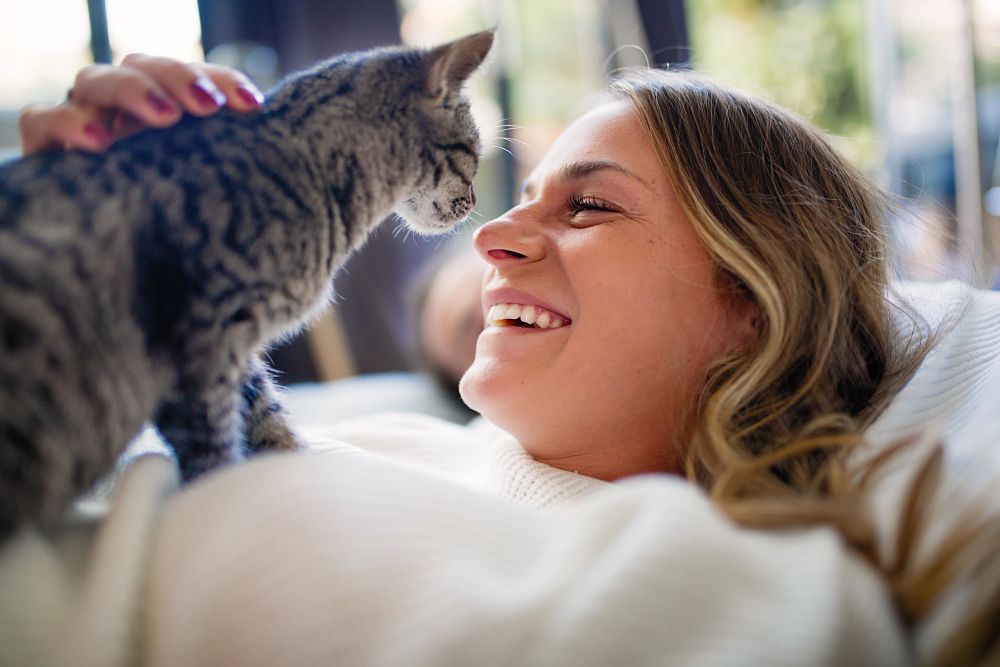




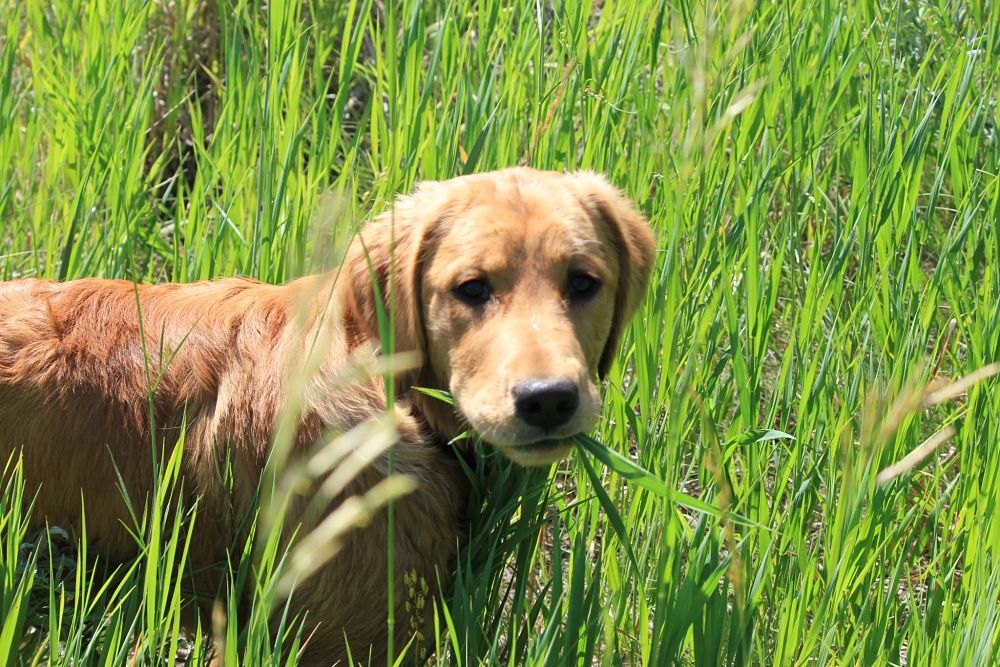
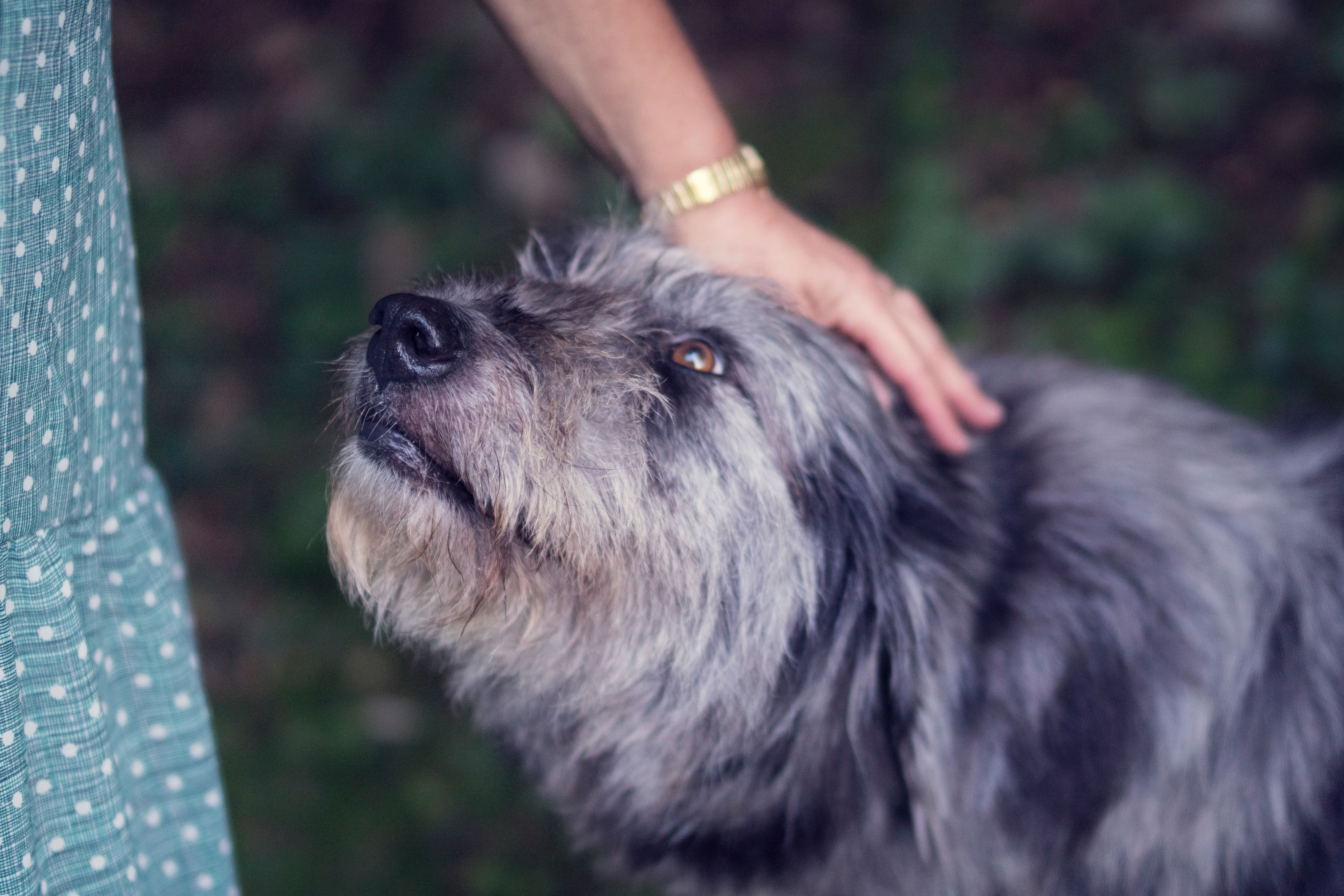
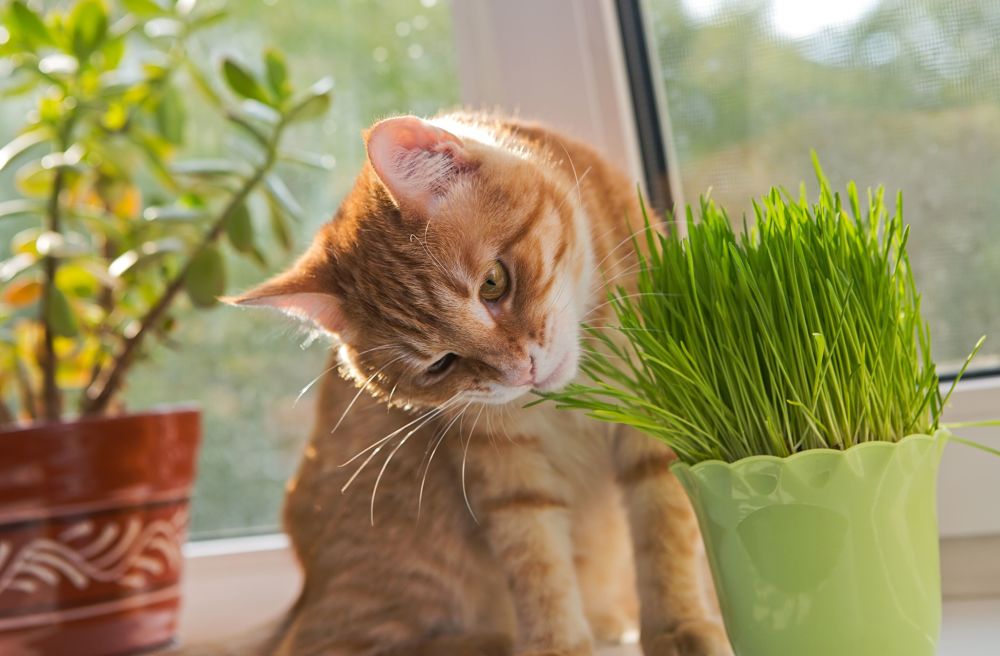
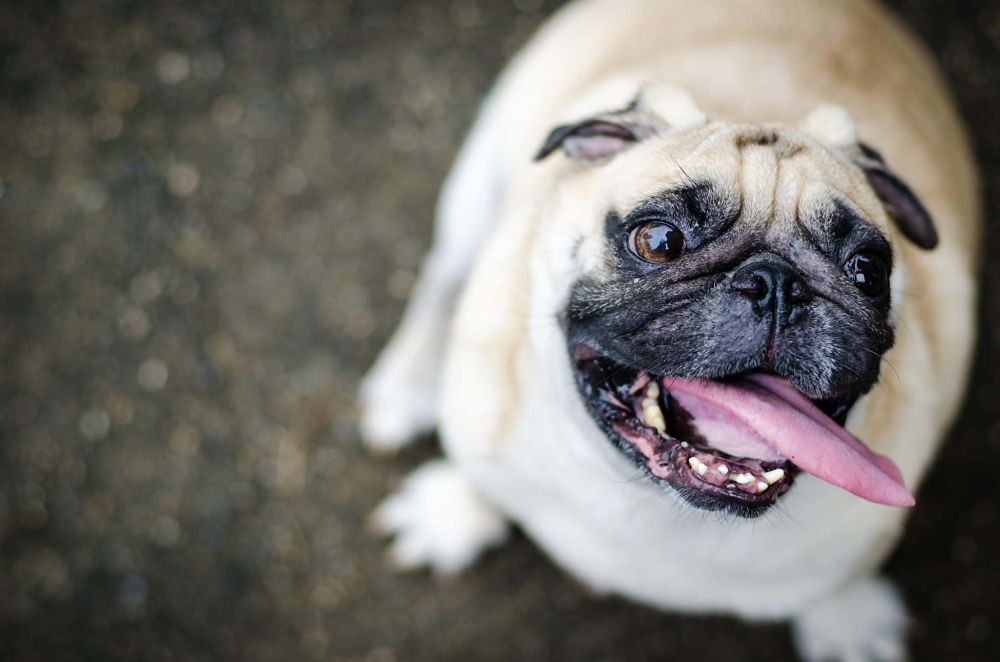
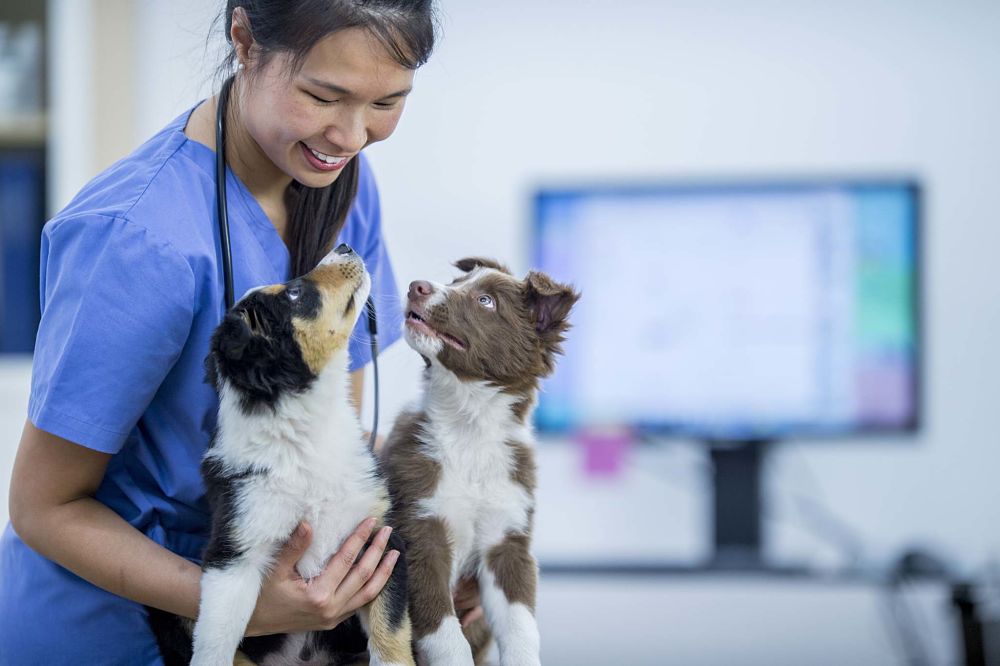

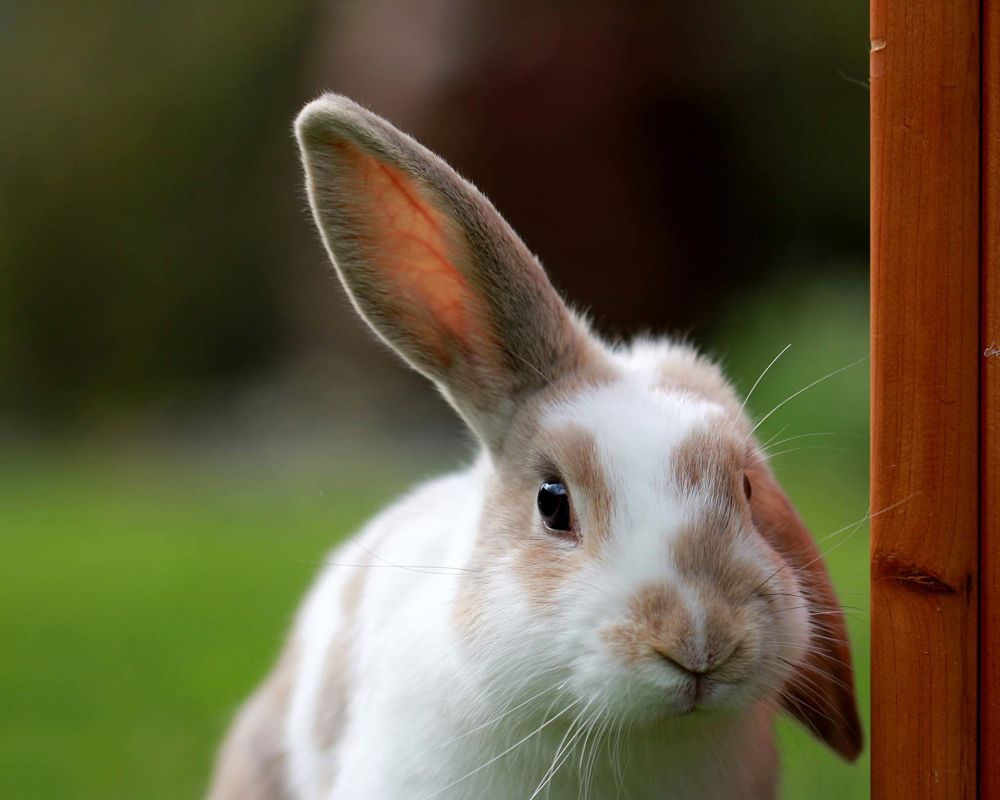
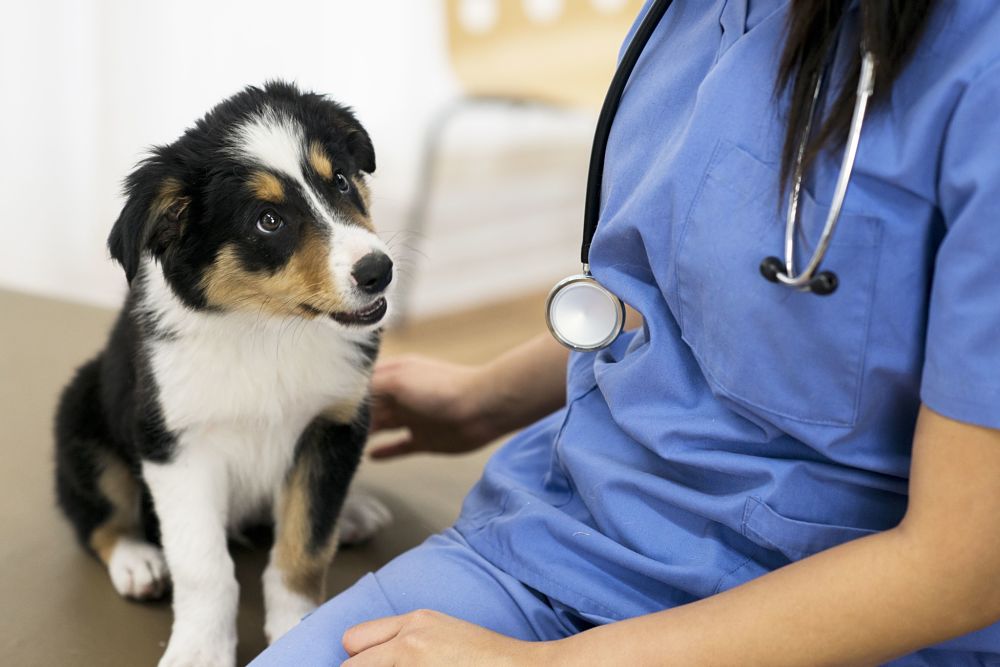

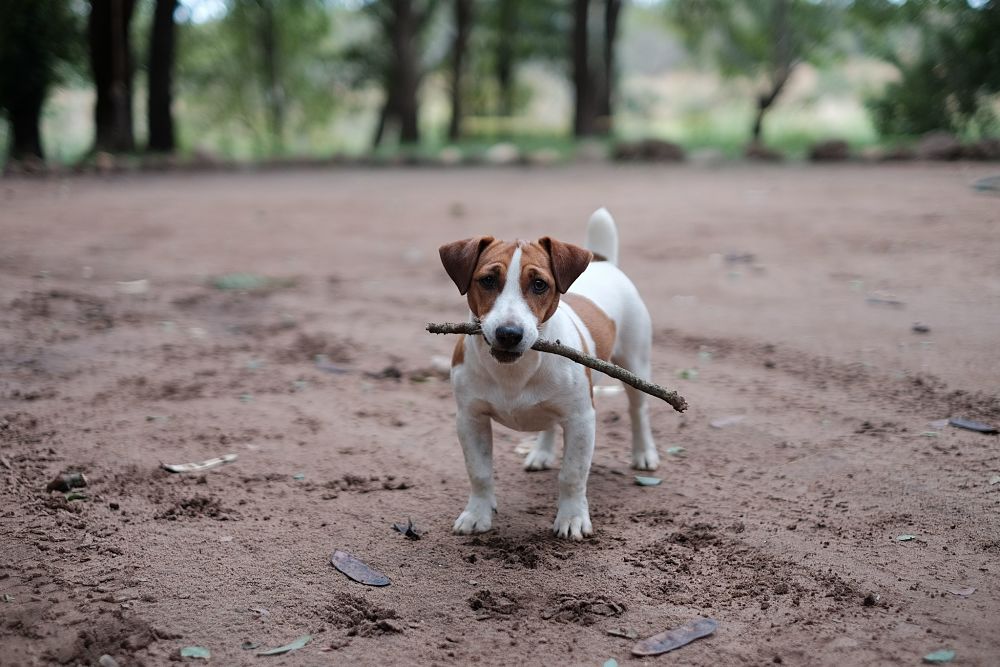

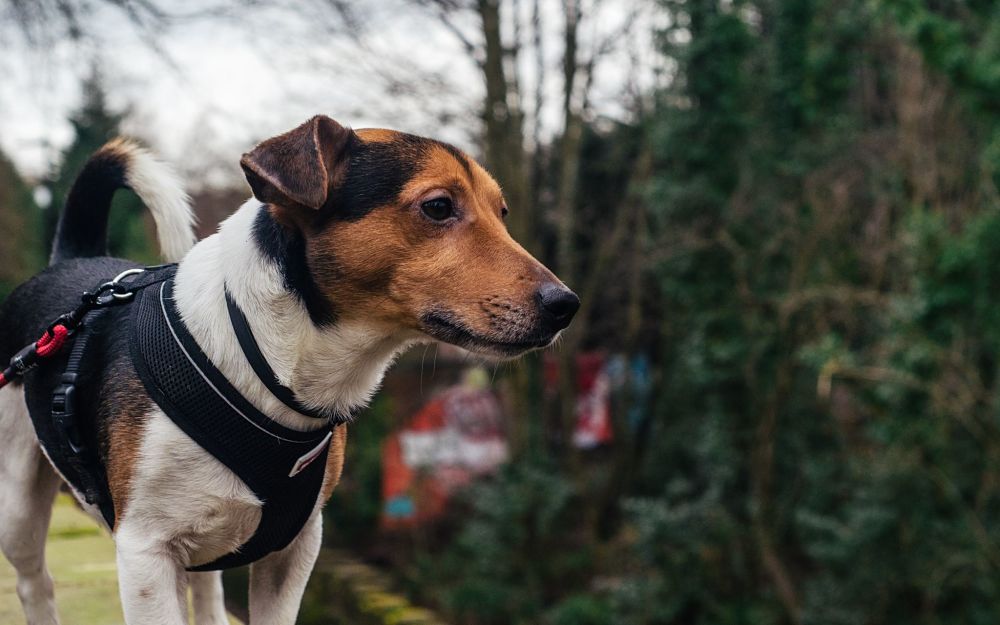
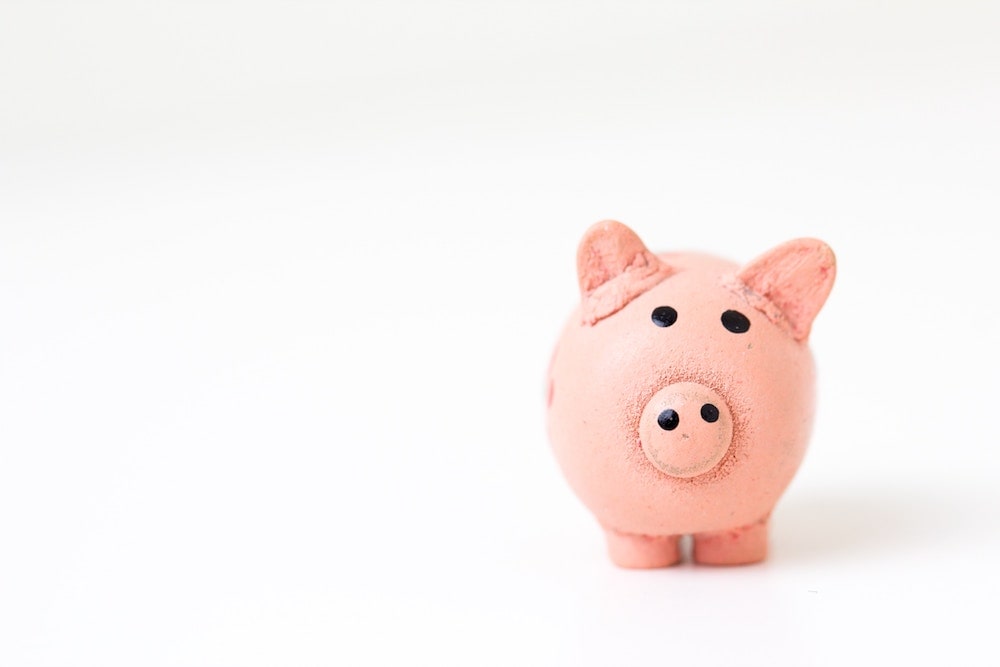
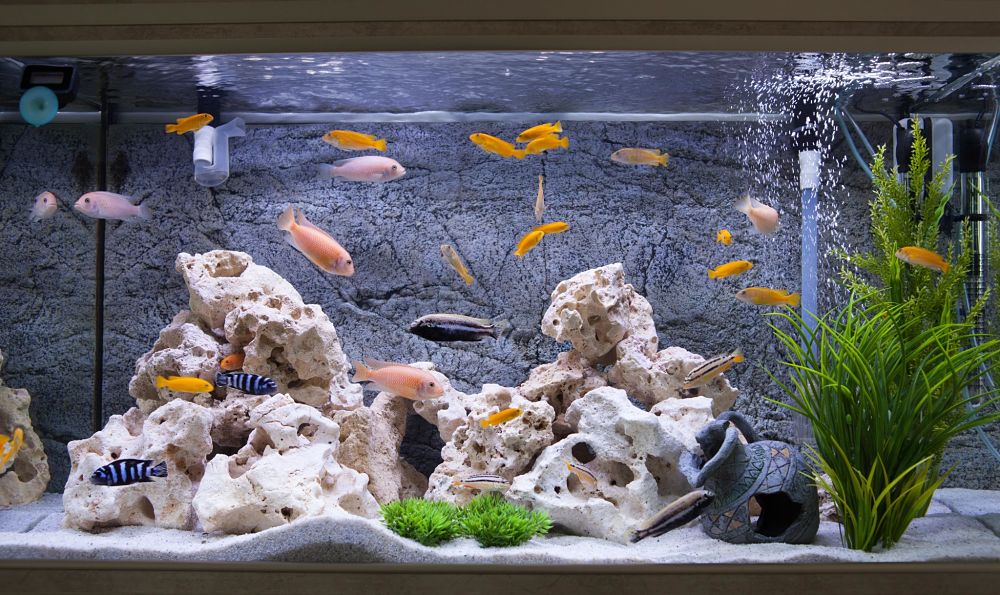

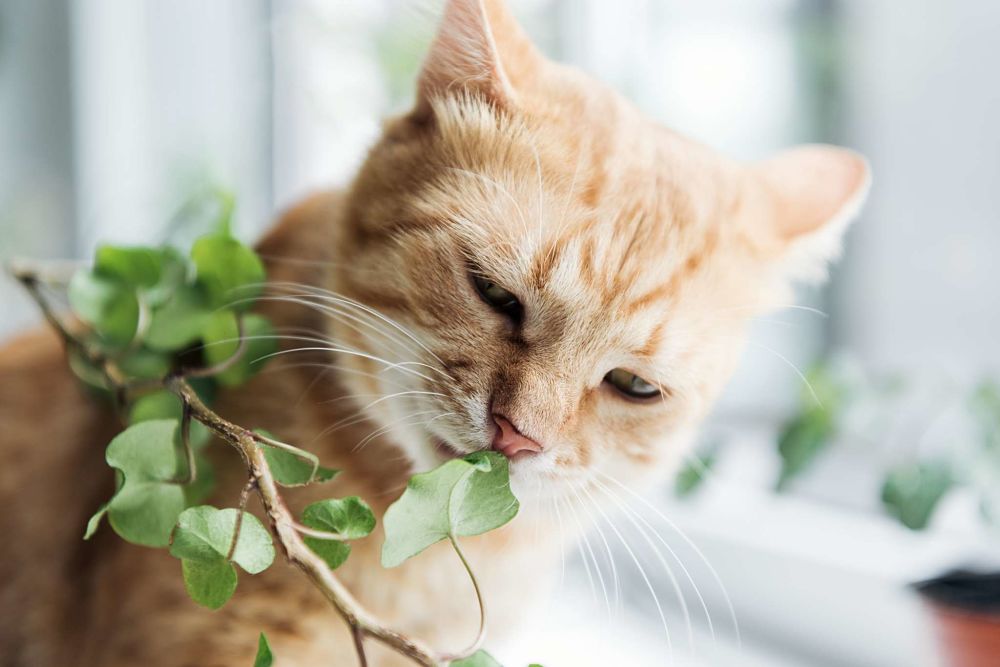
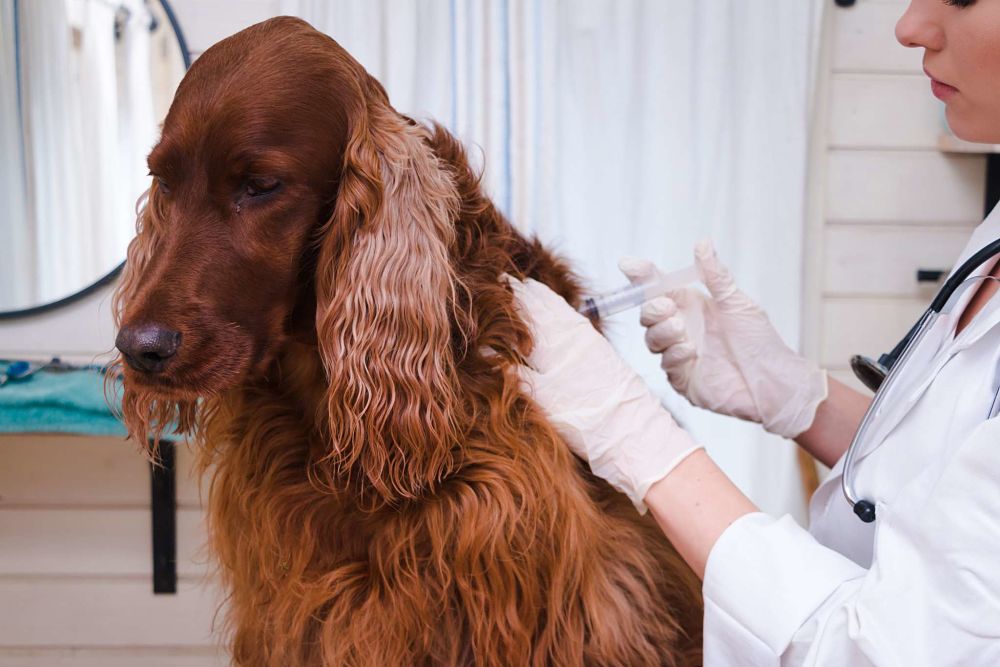
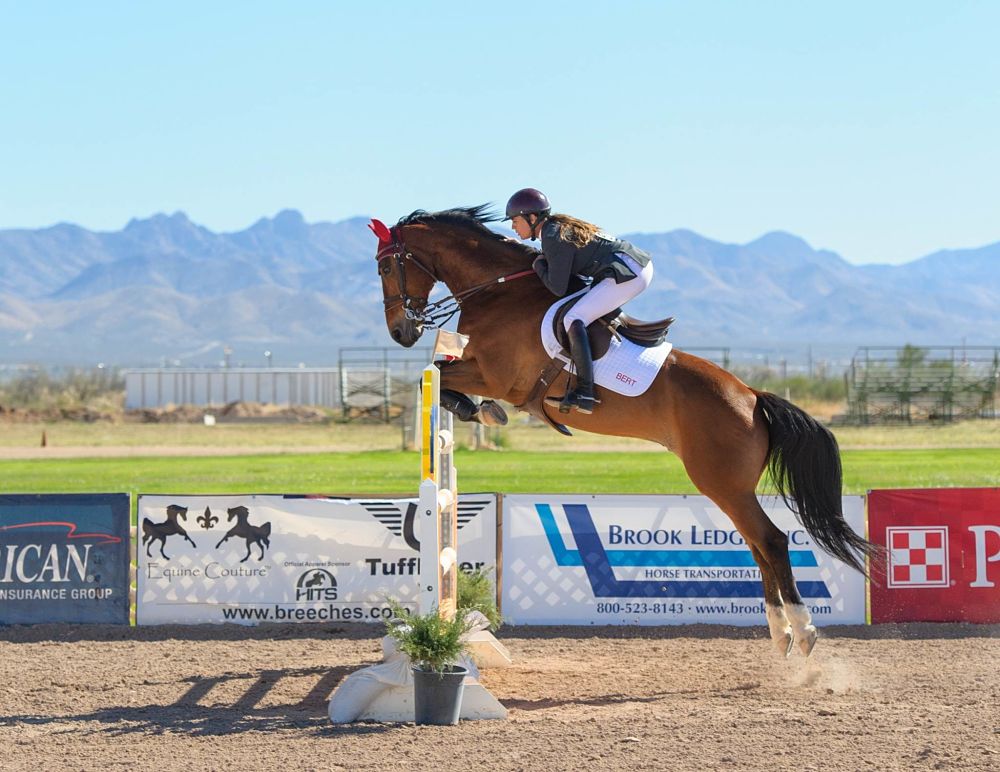

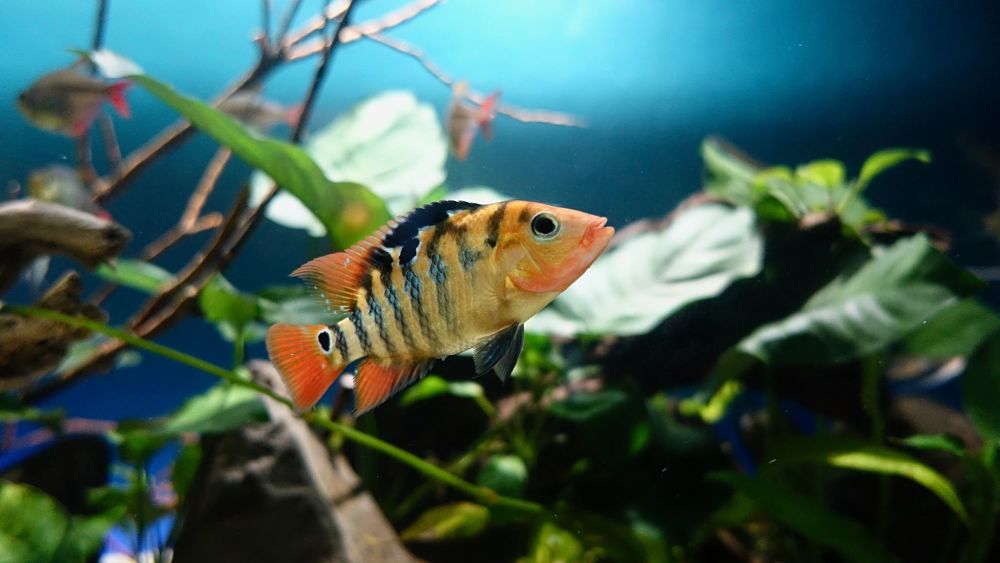
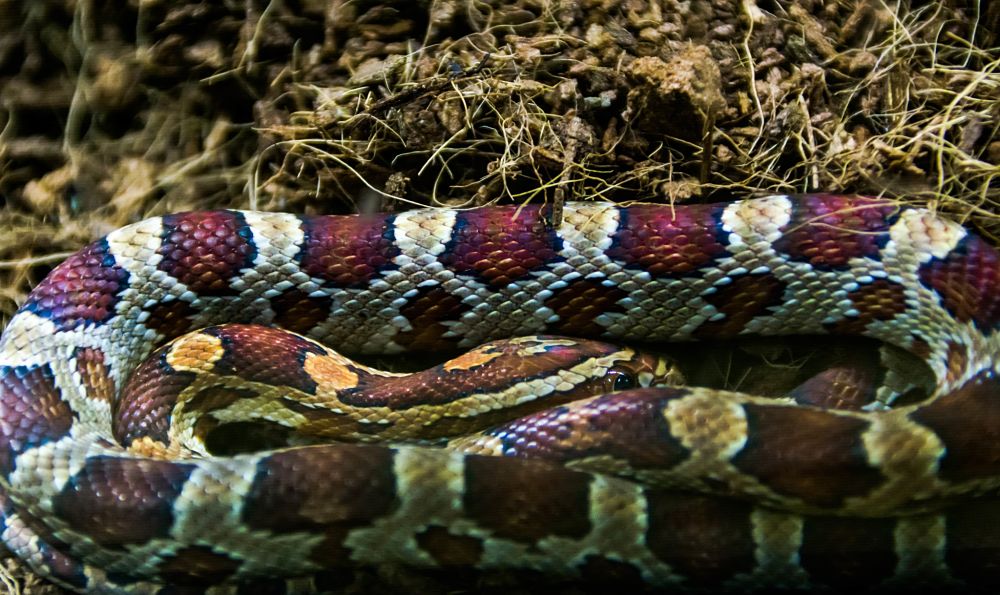
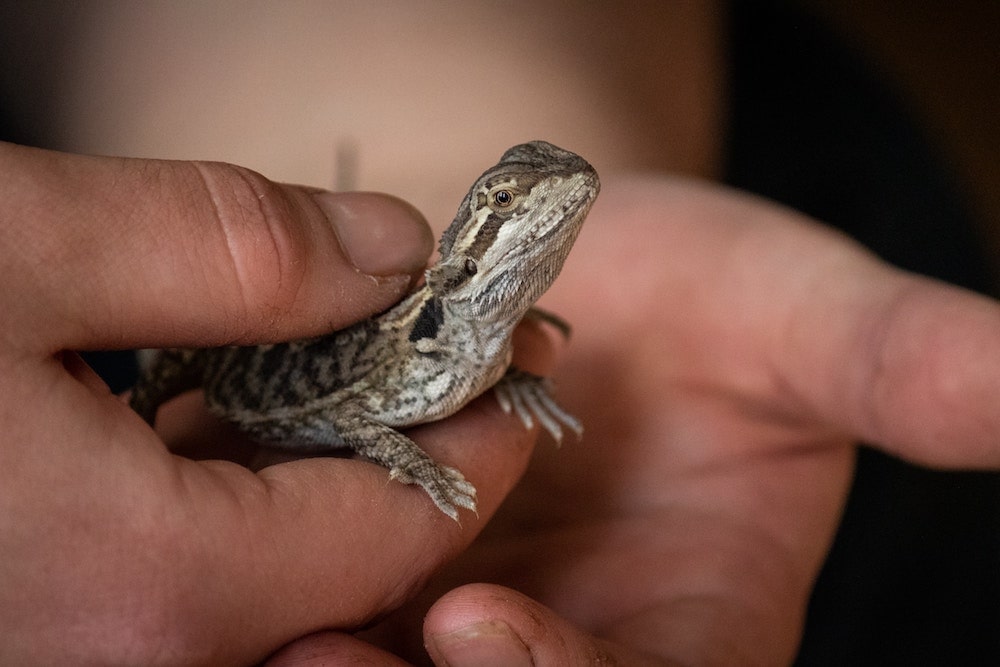

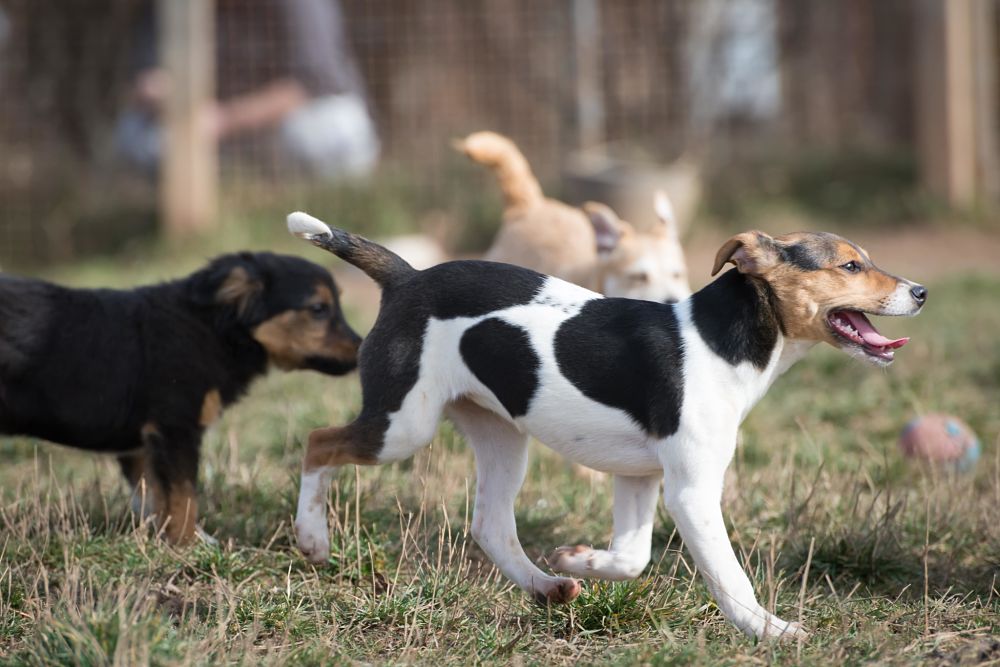
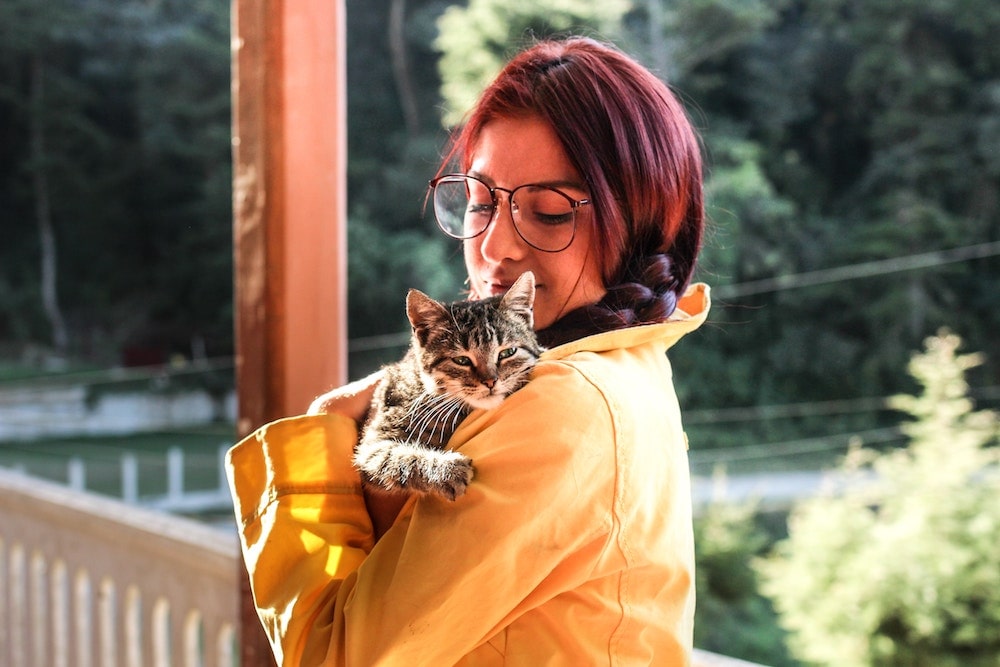
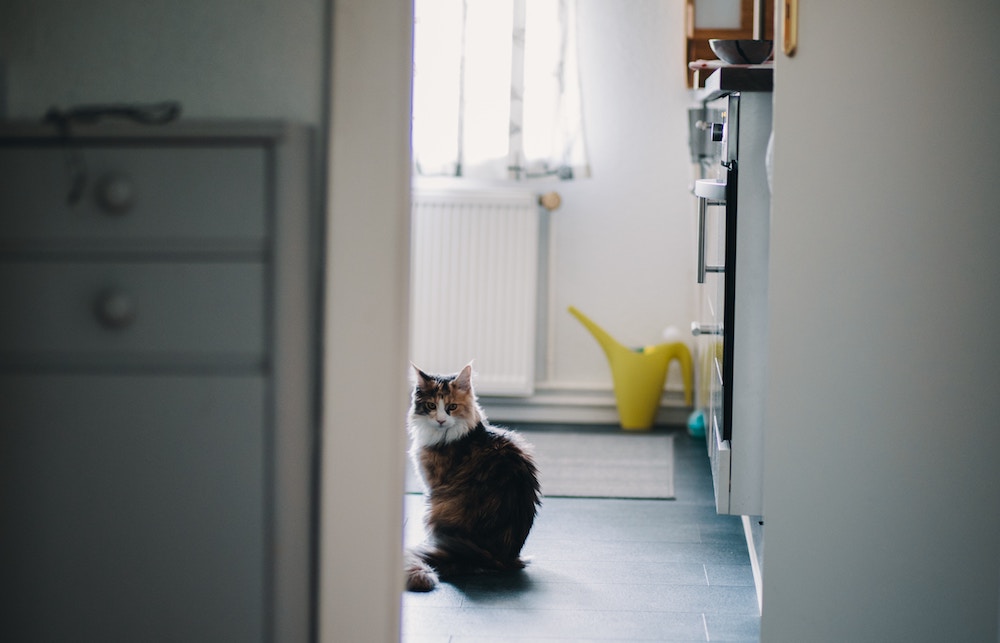
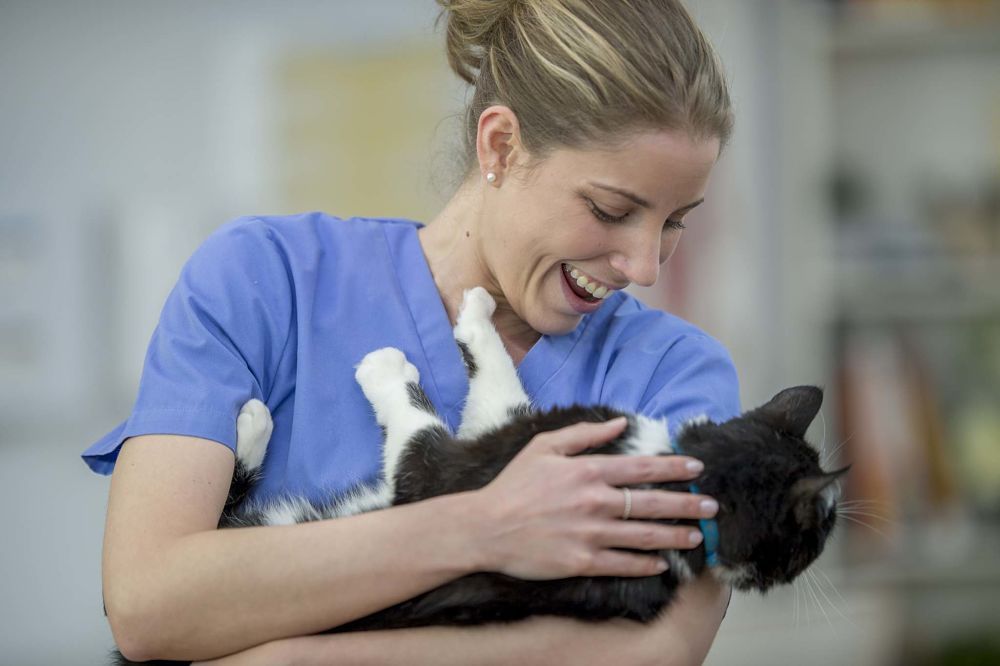
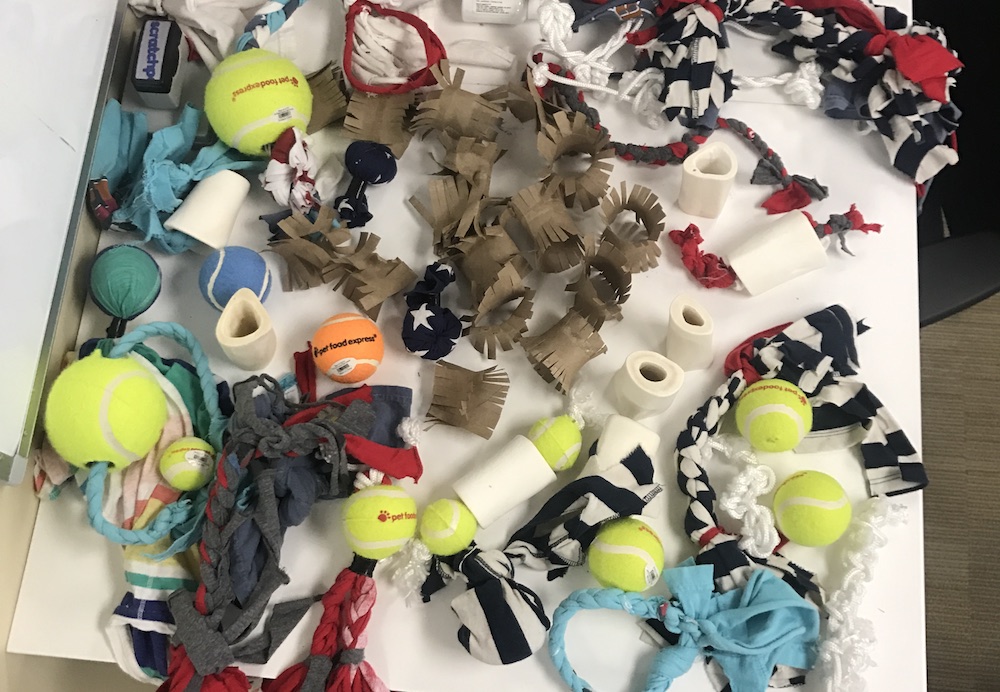
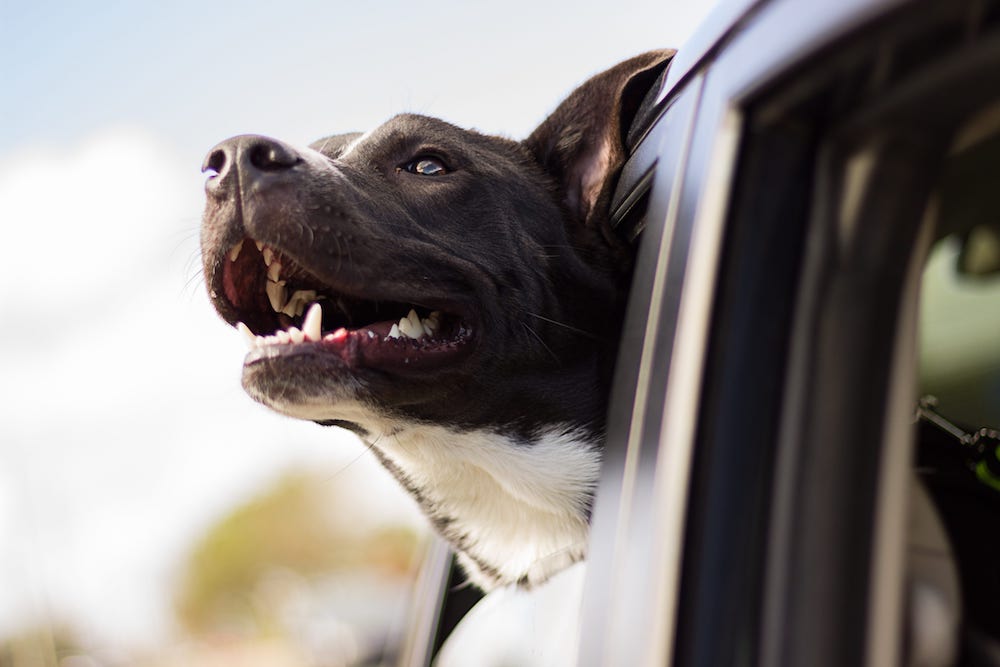
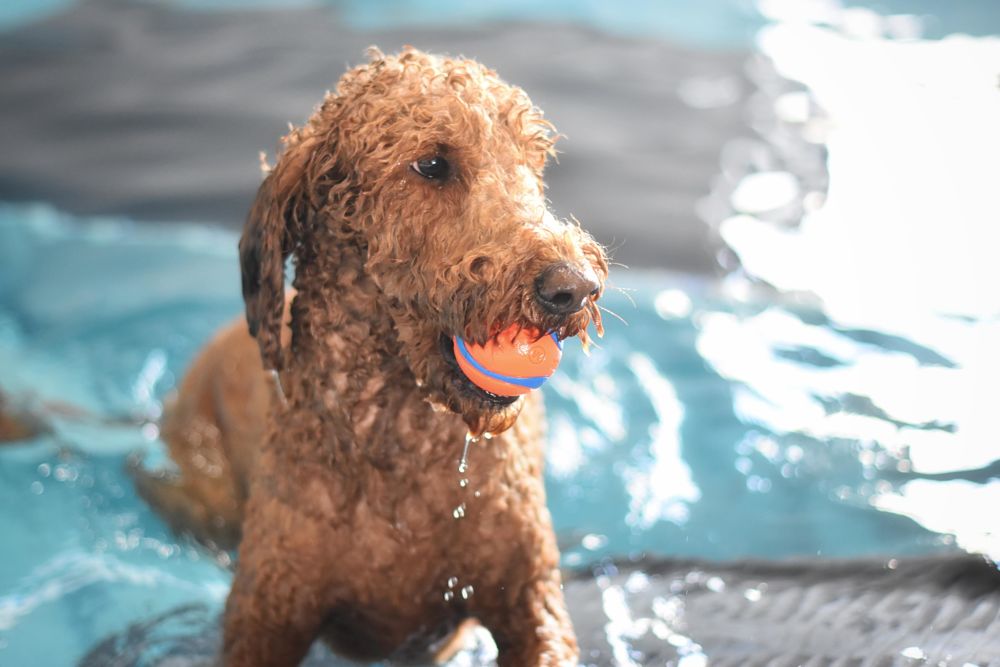



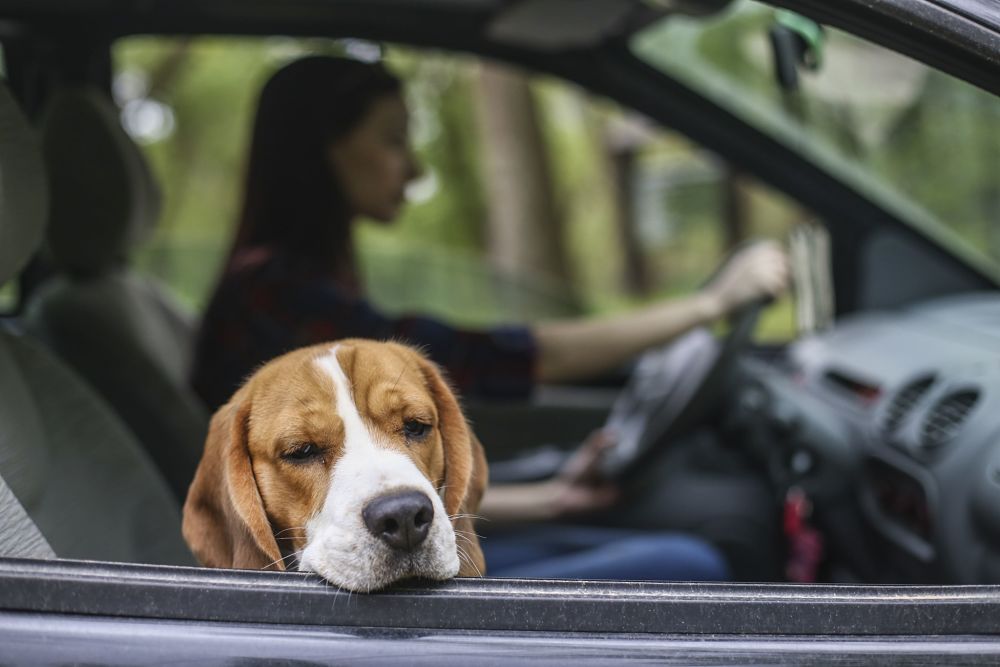
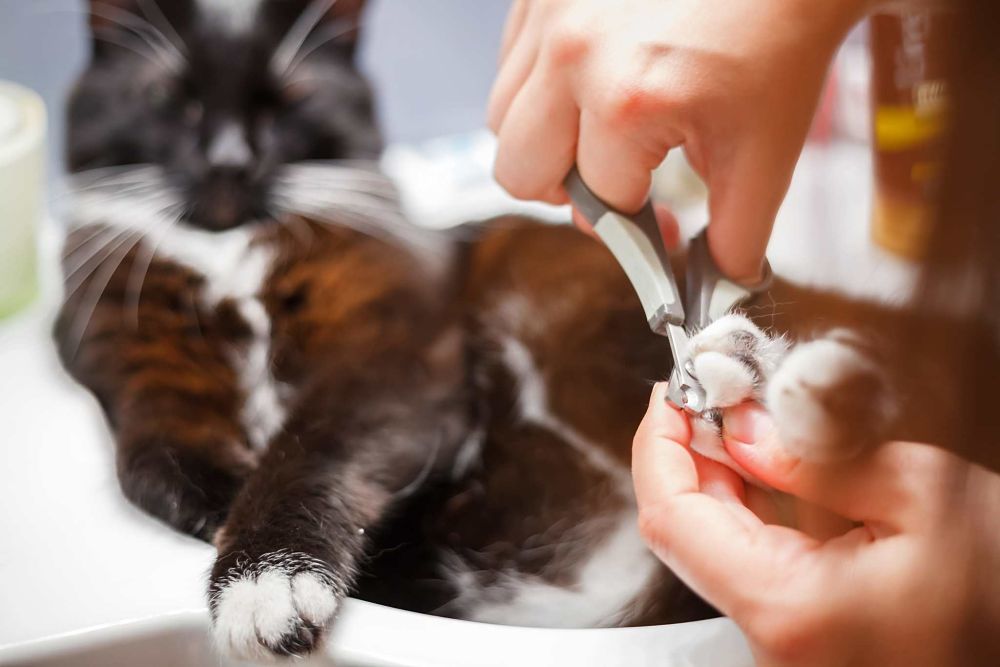
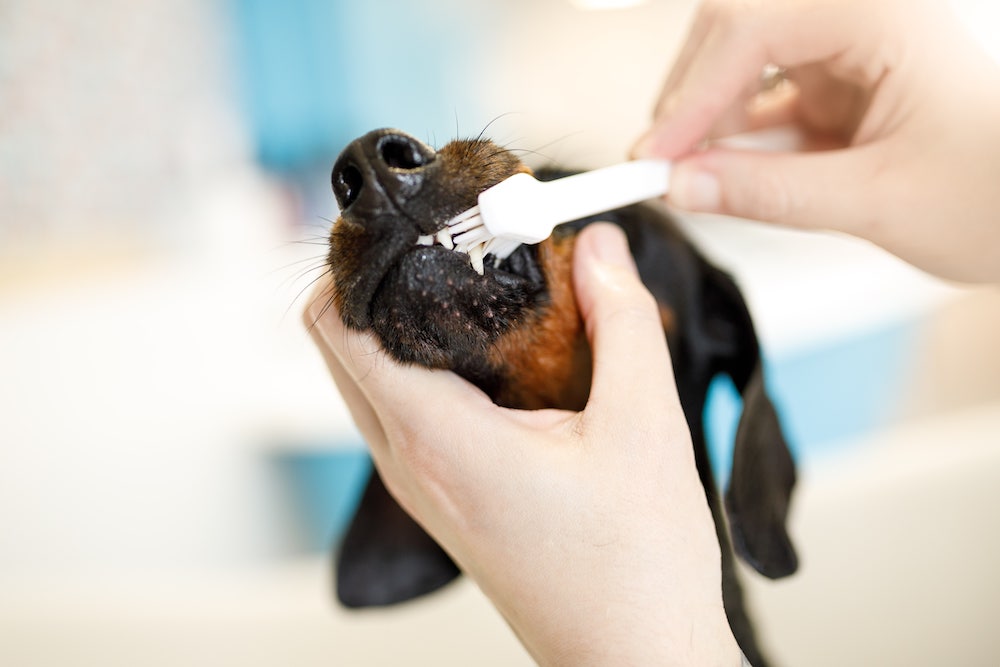
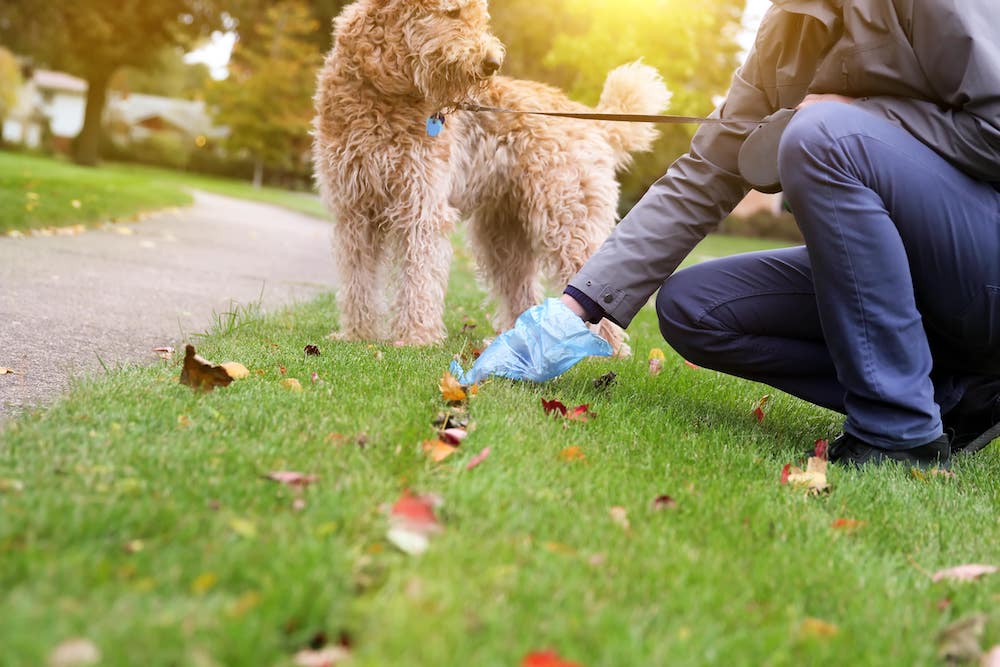
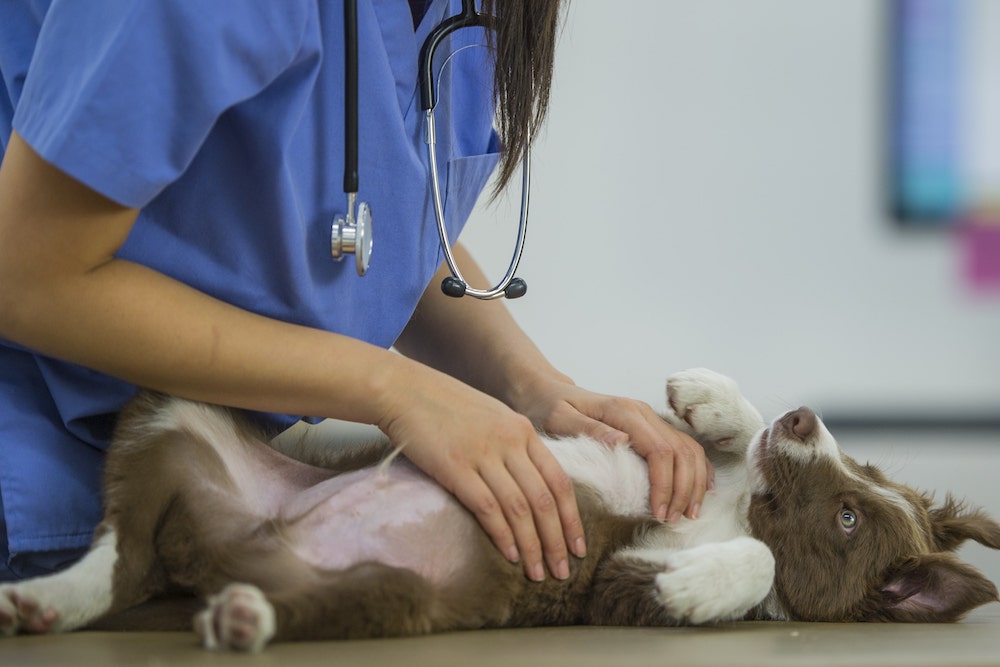
.jpg)
